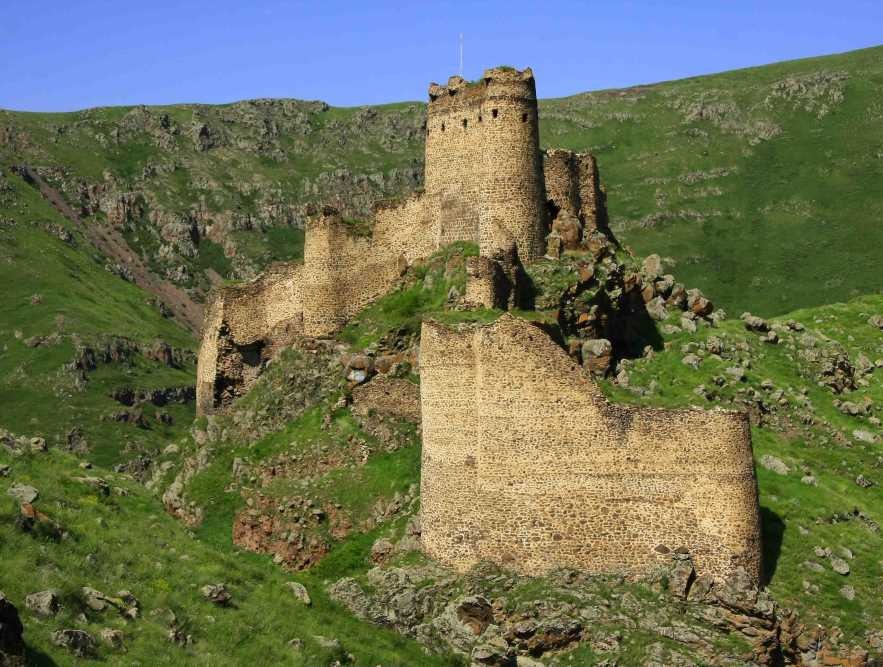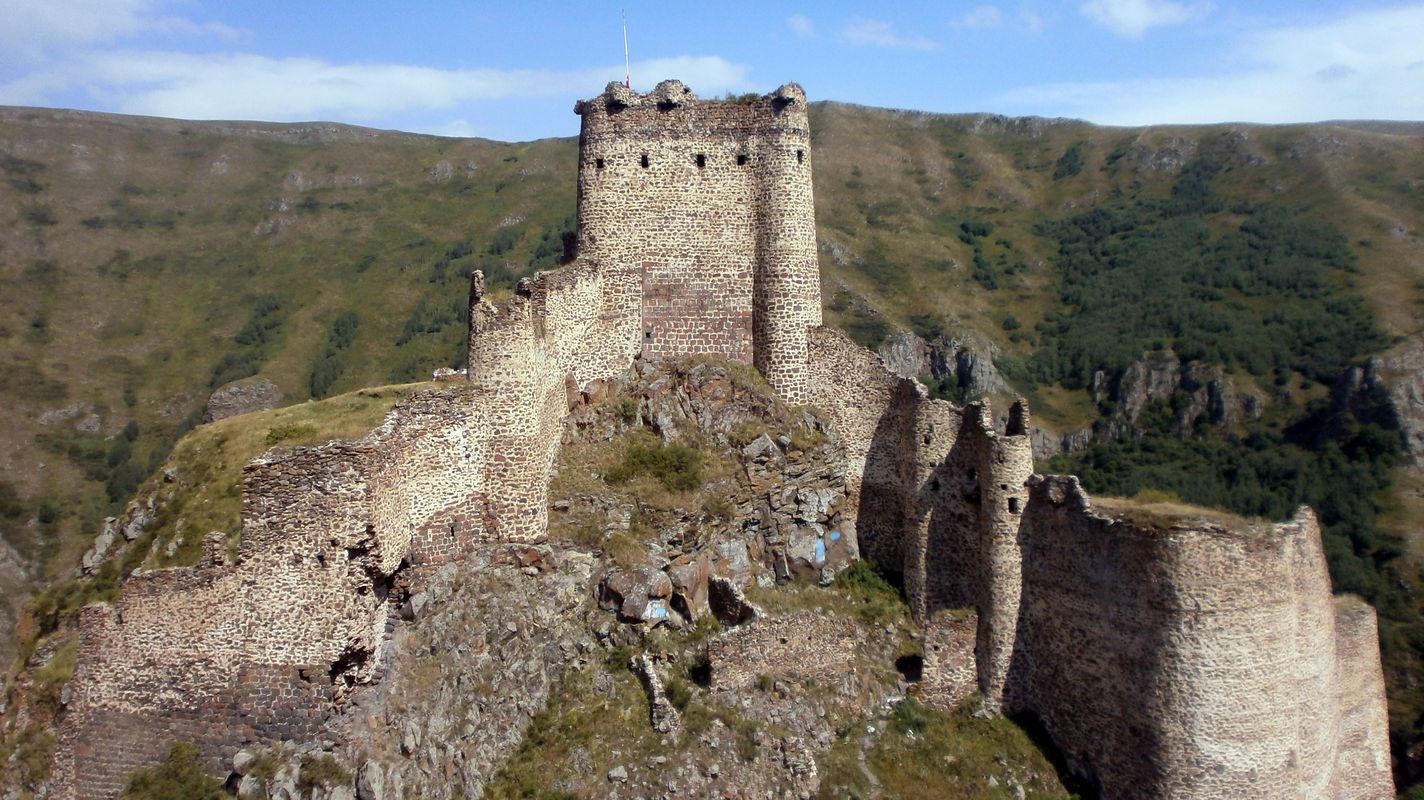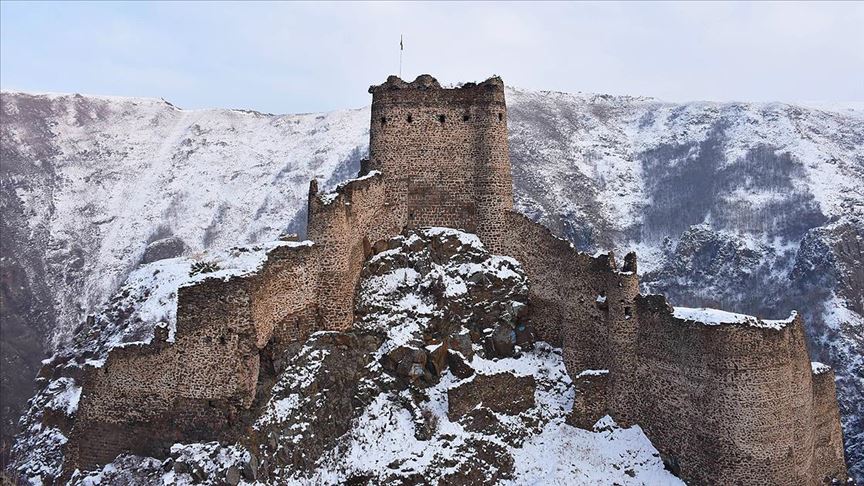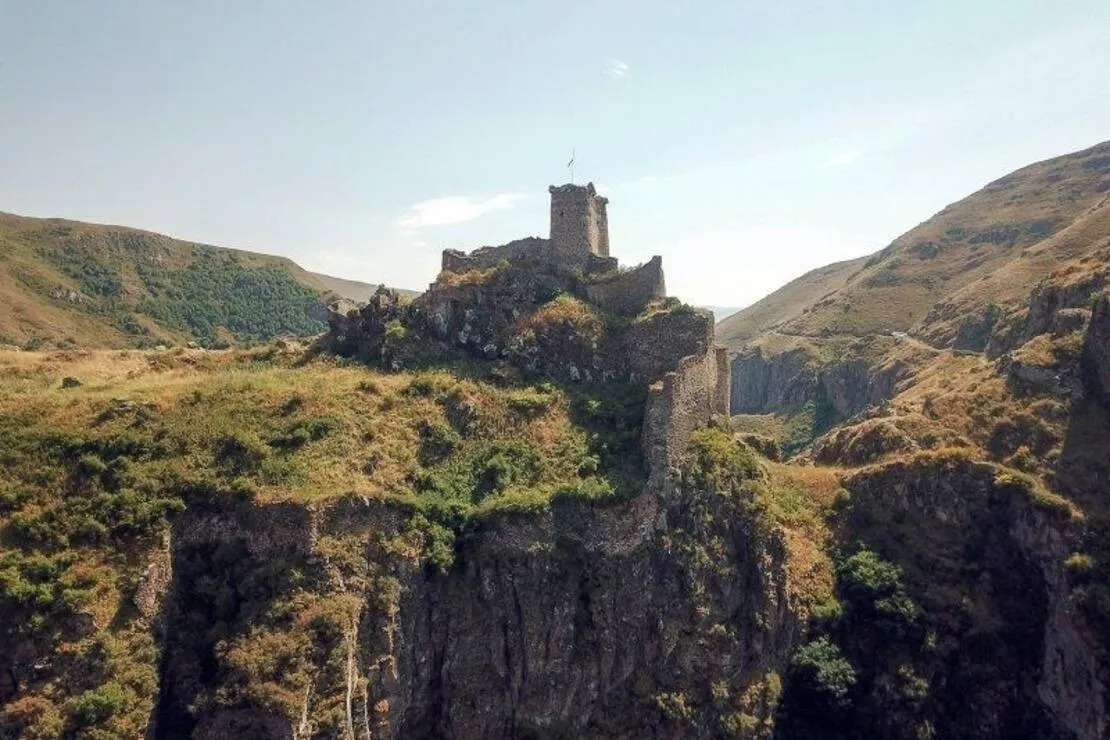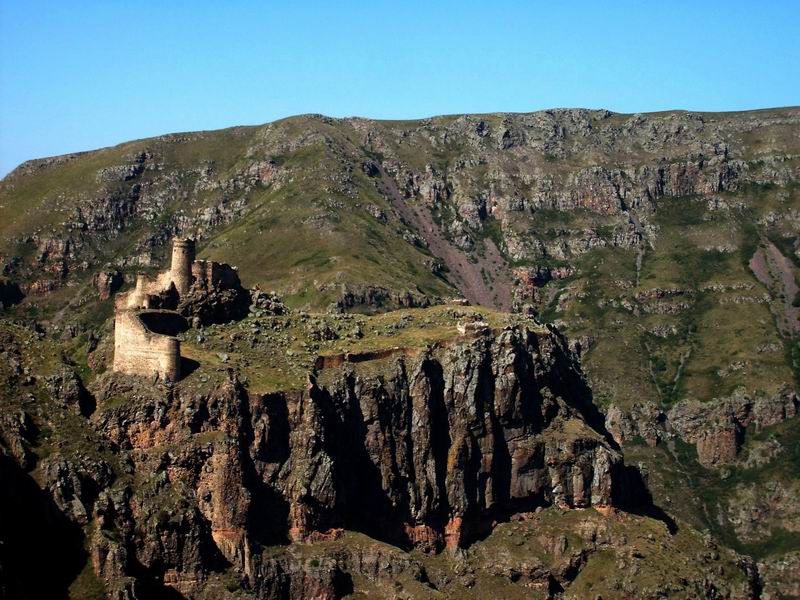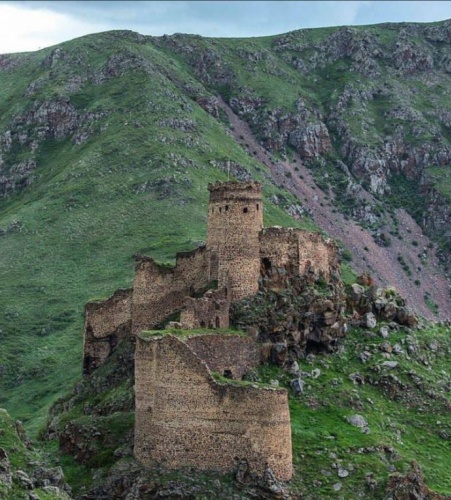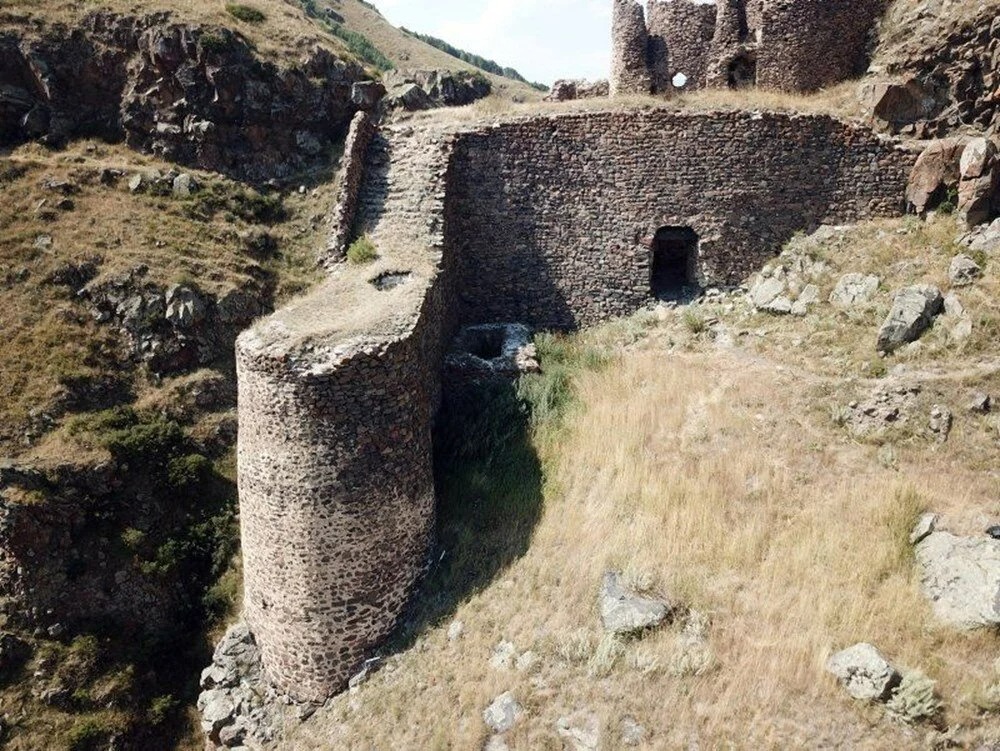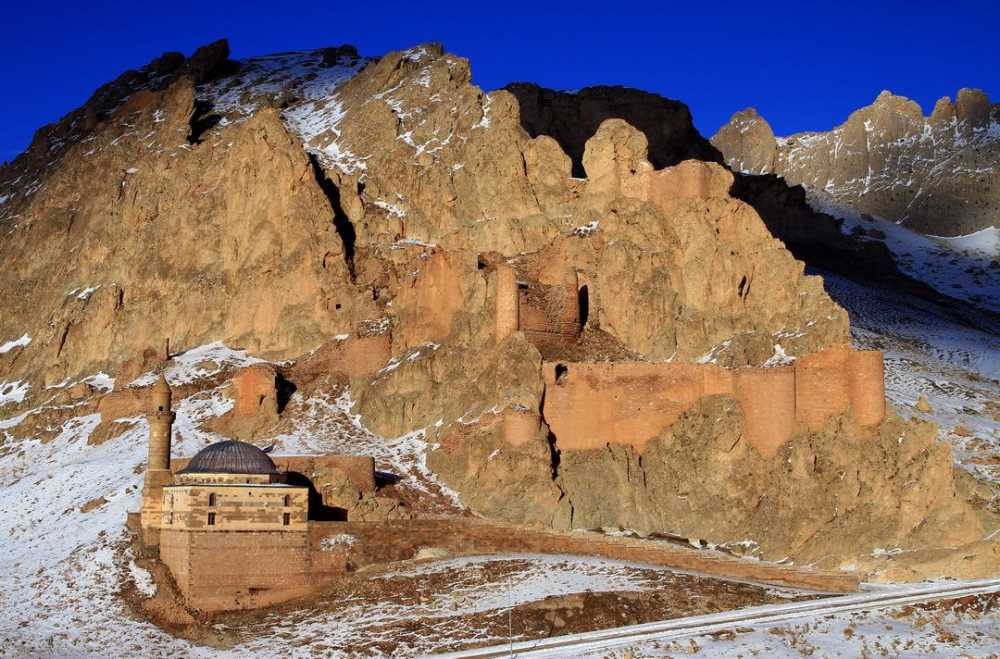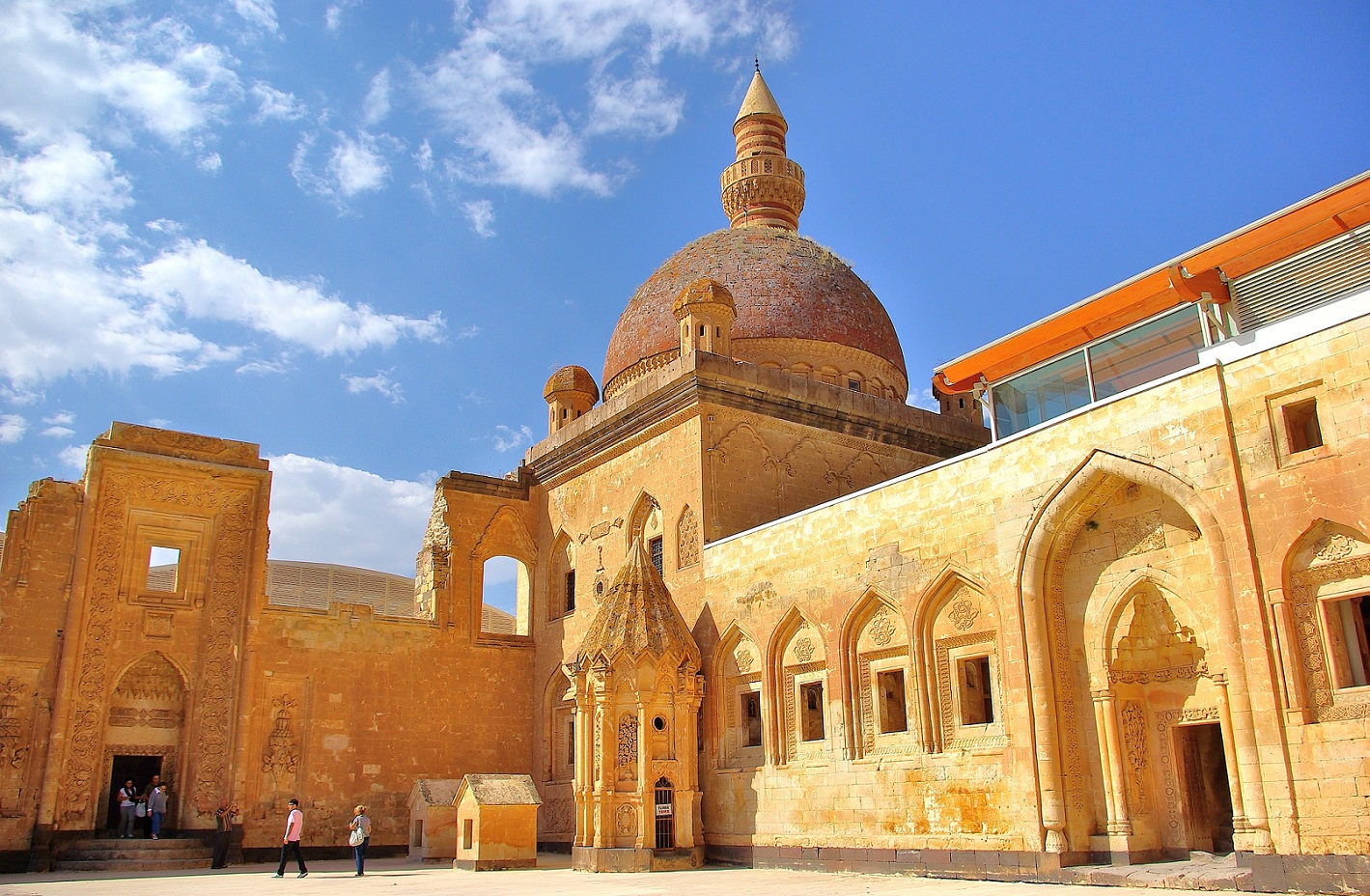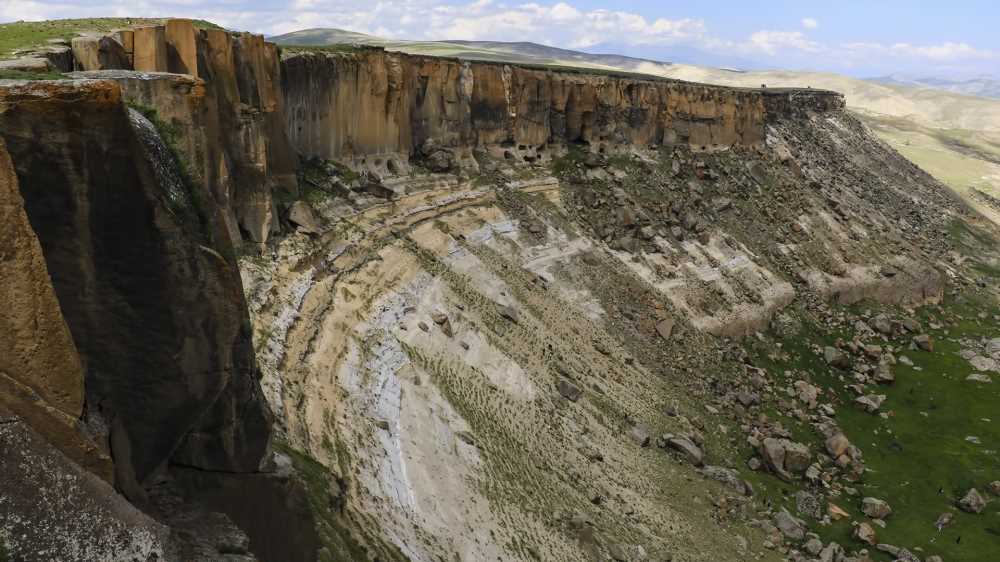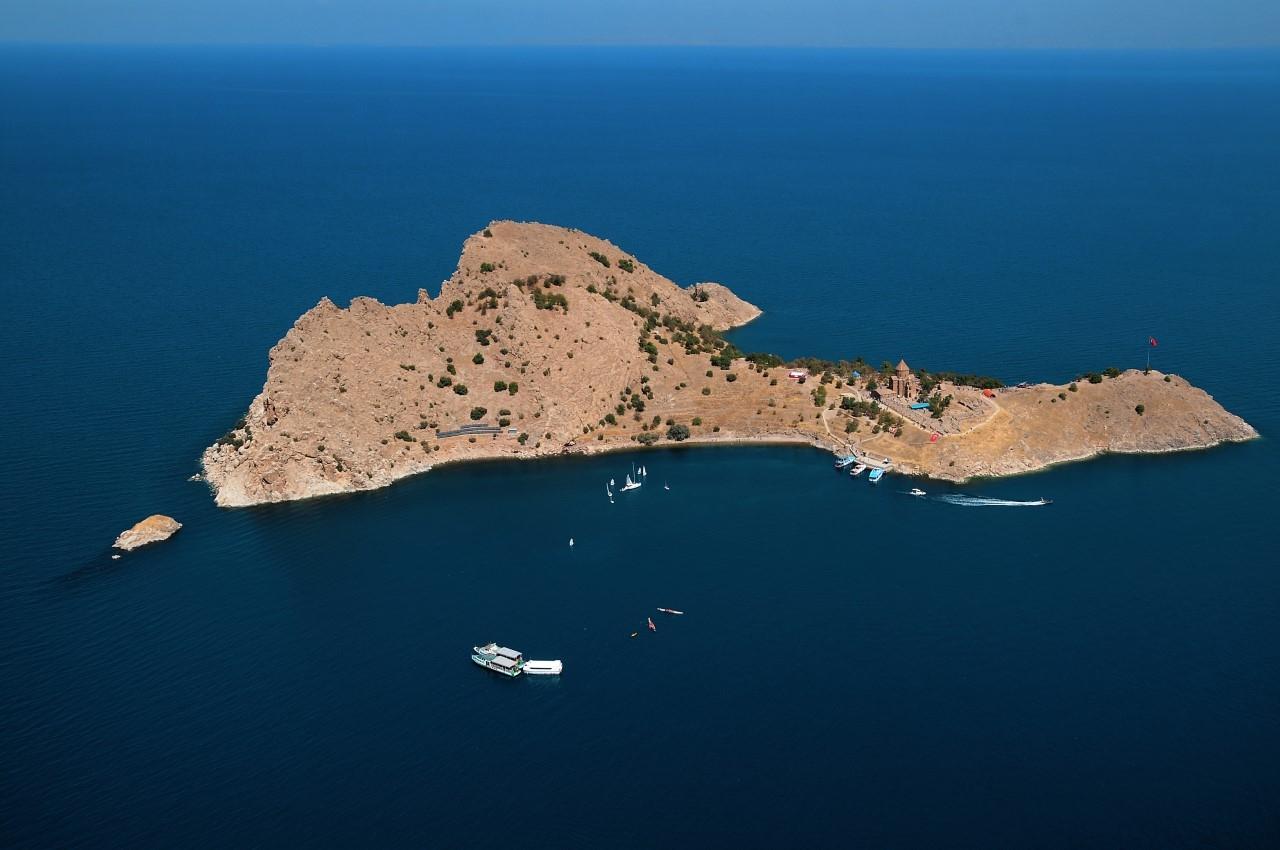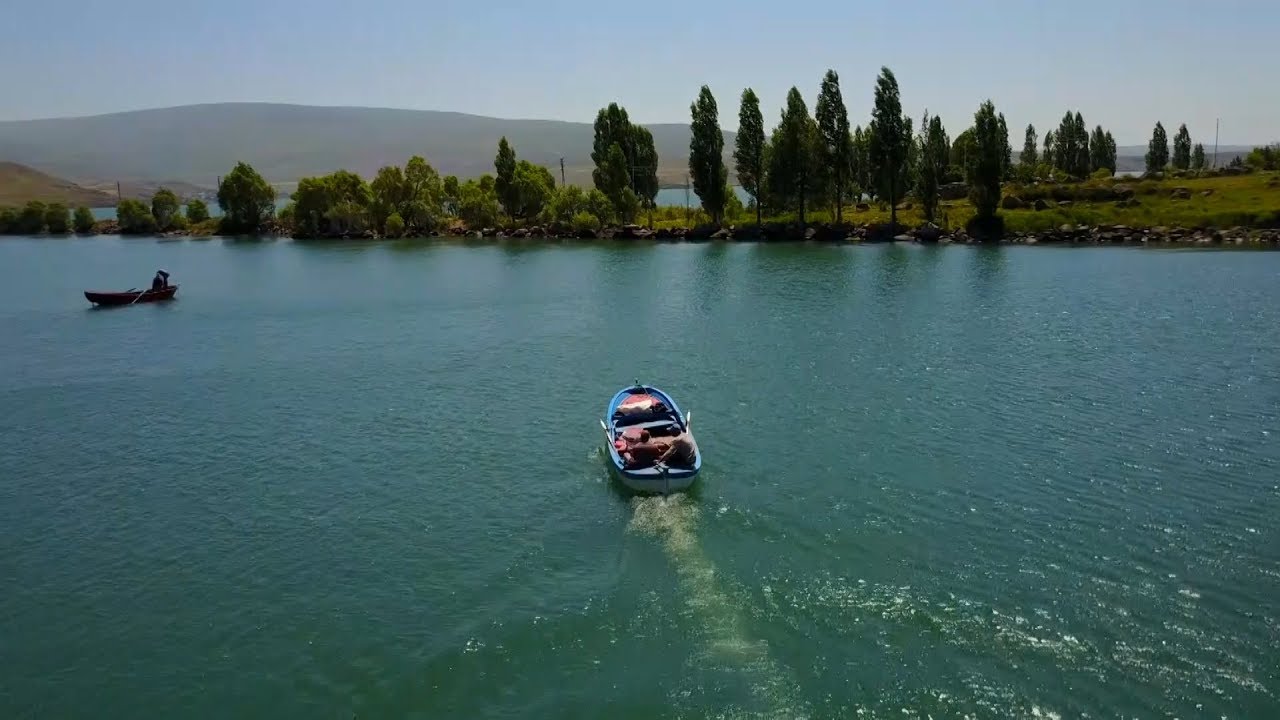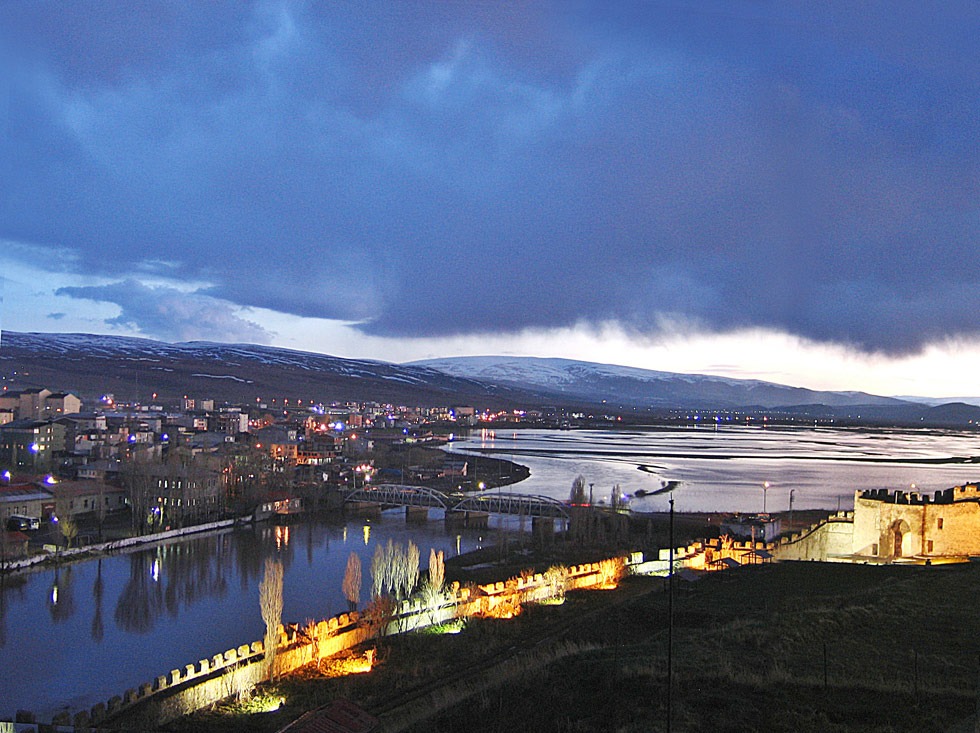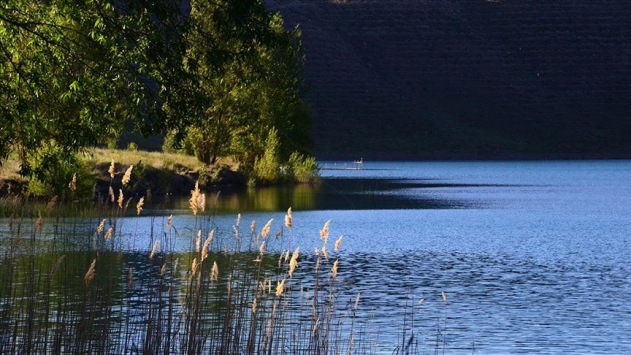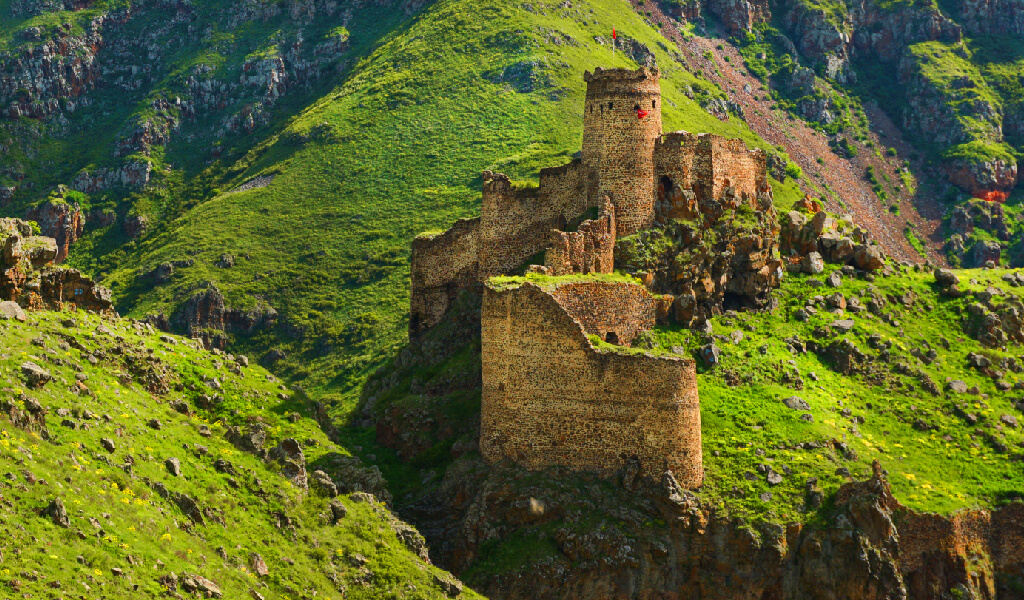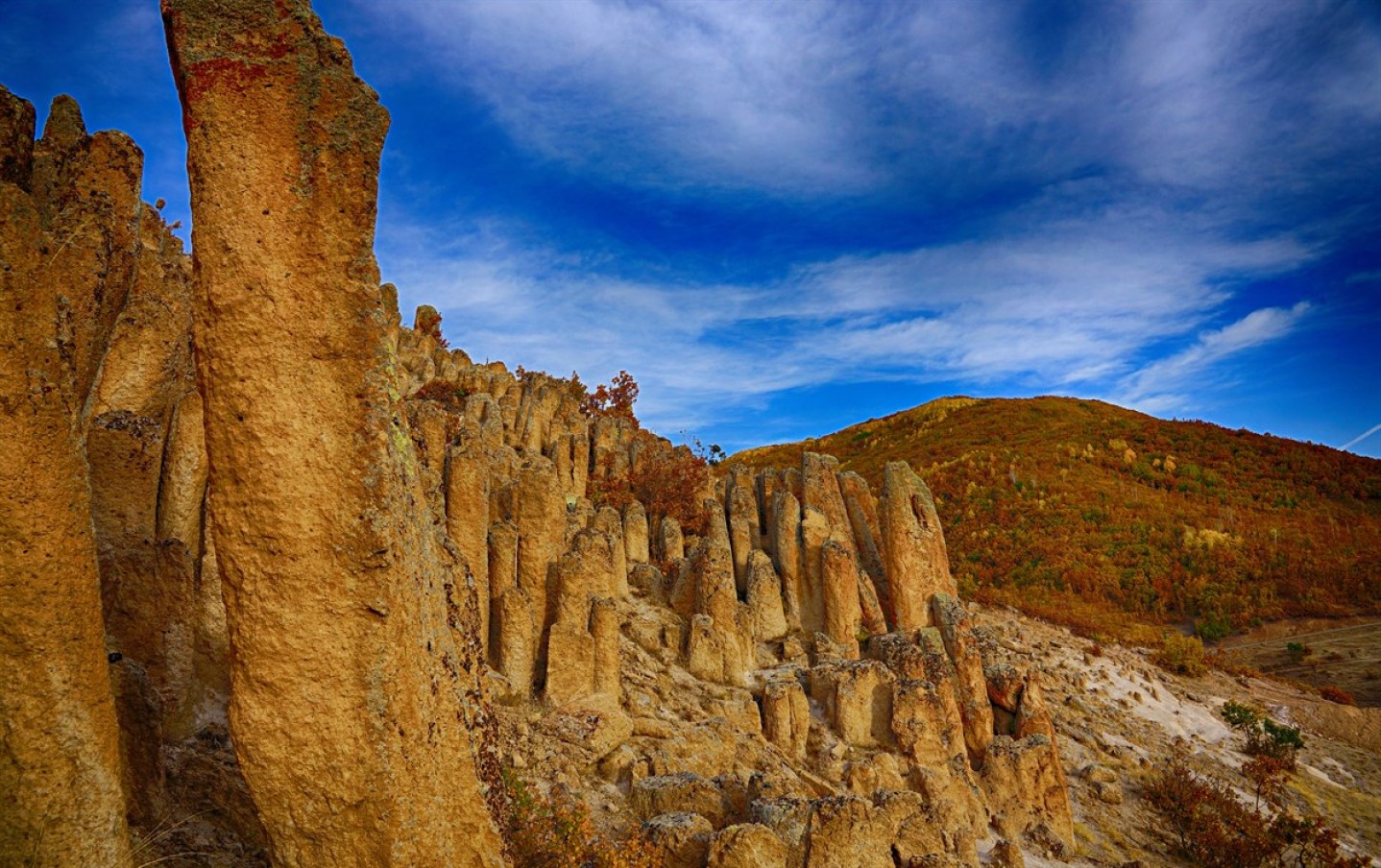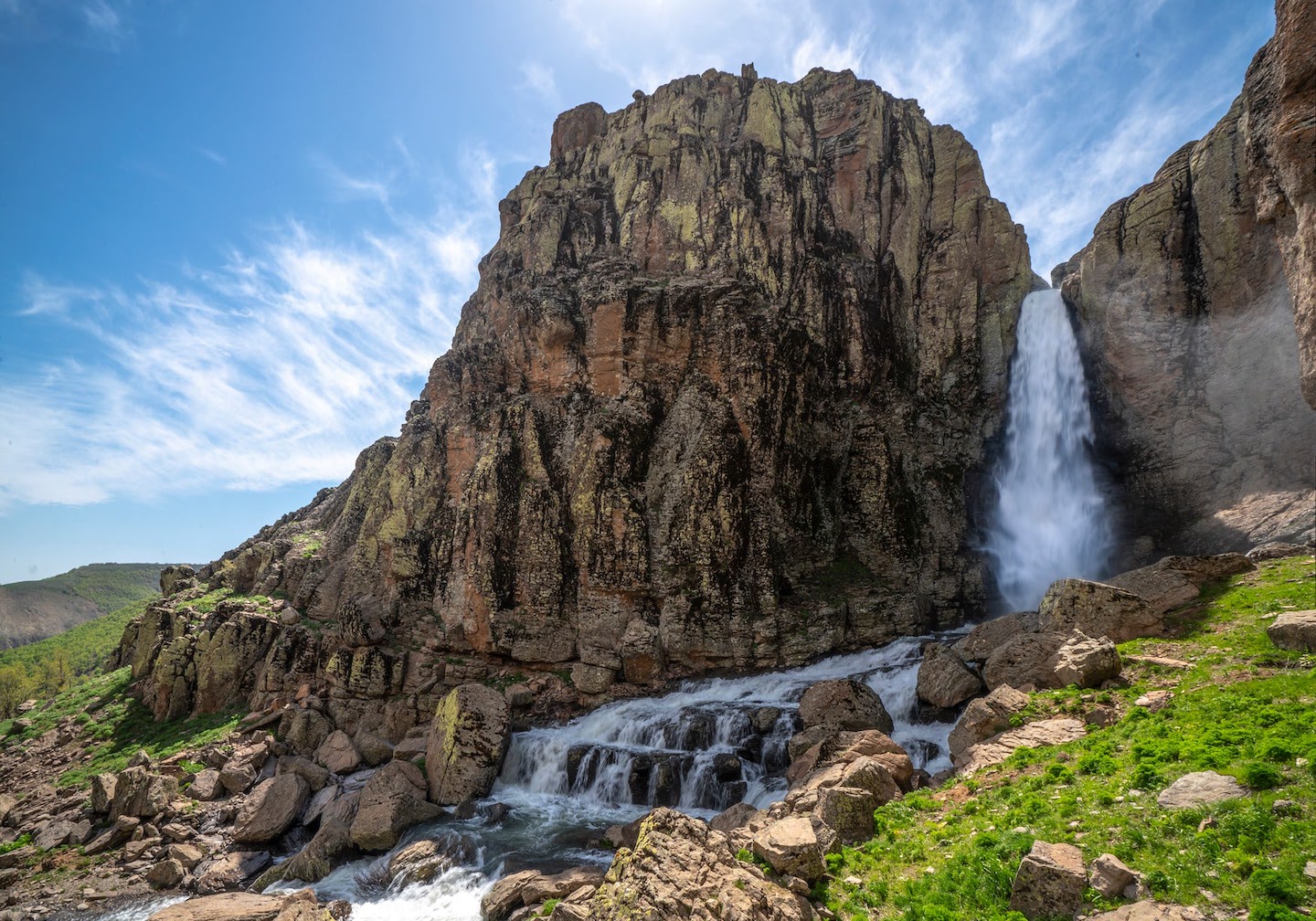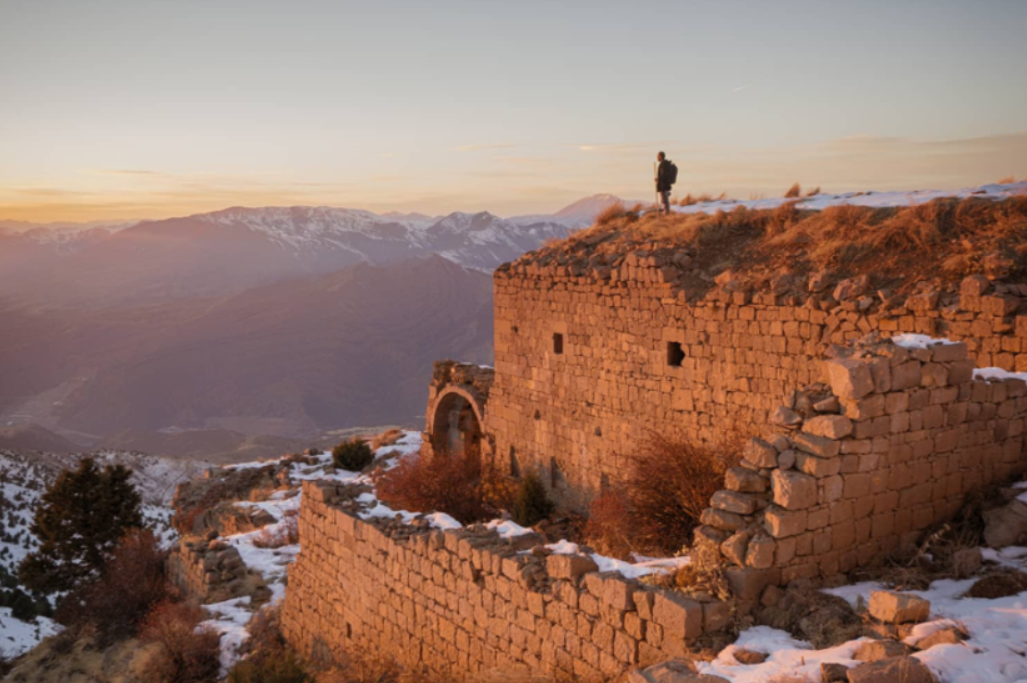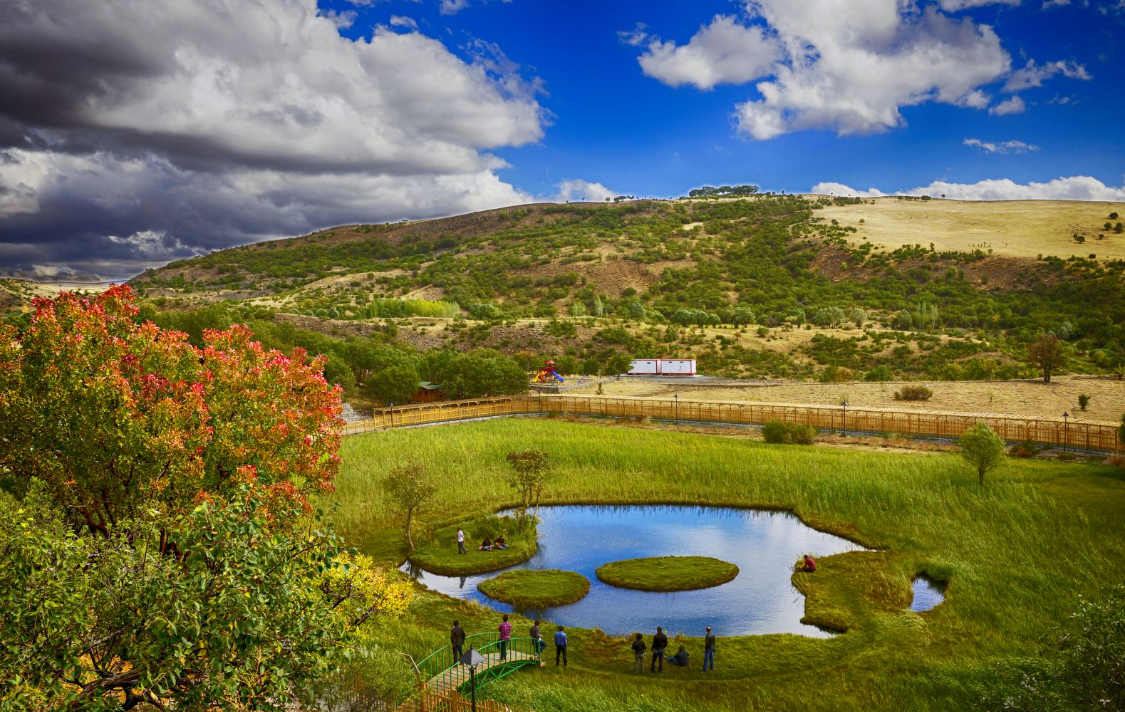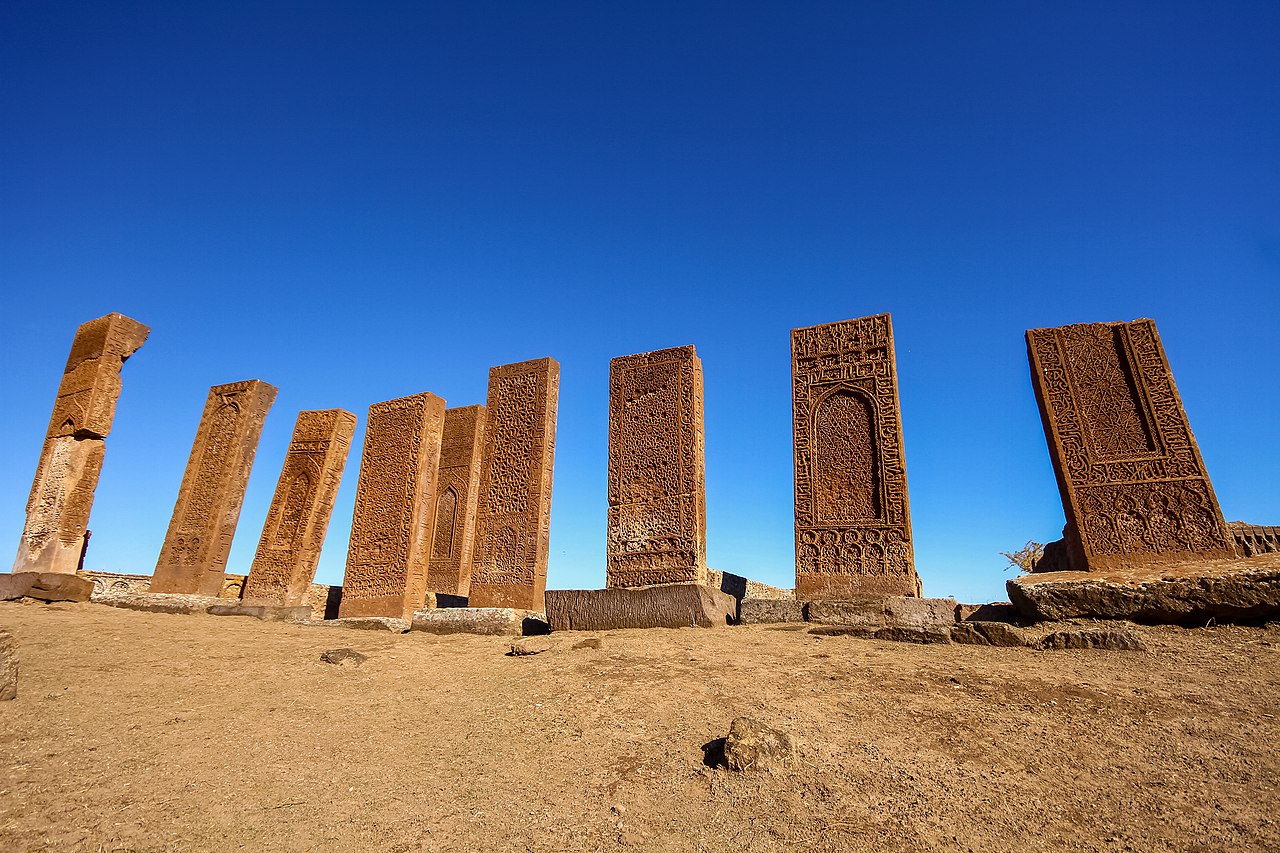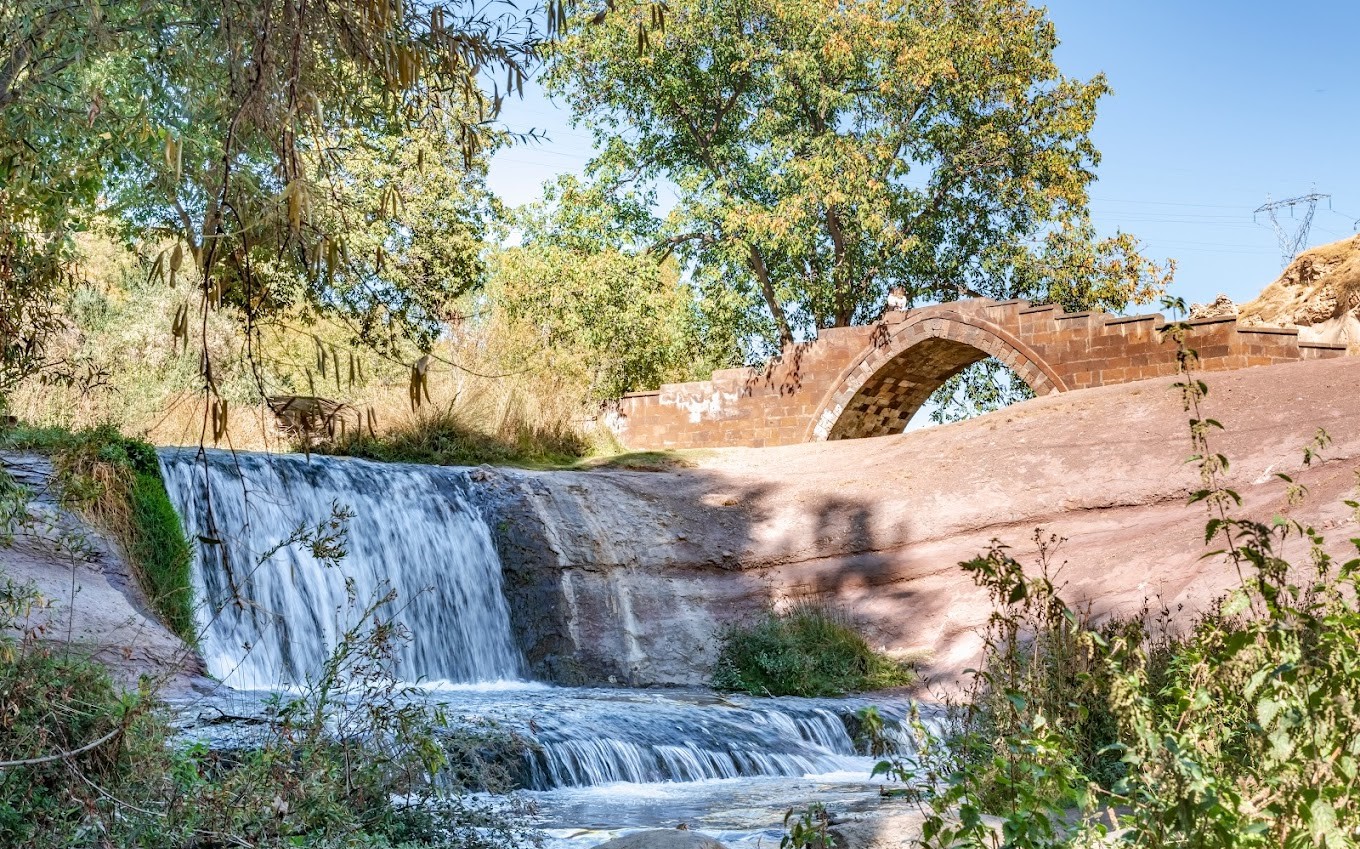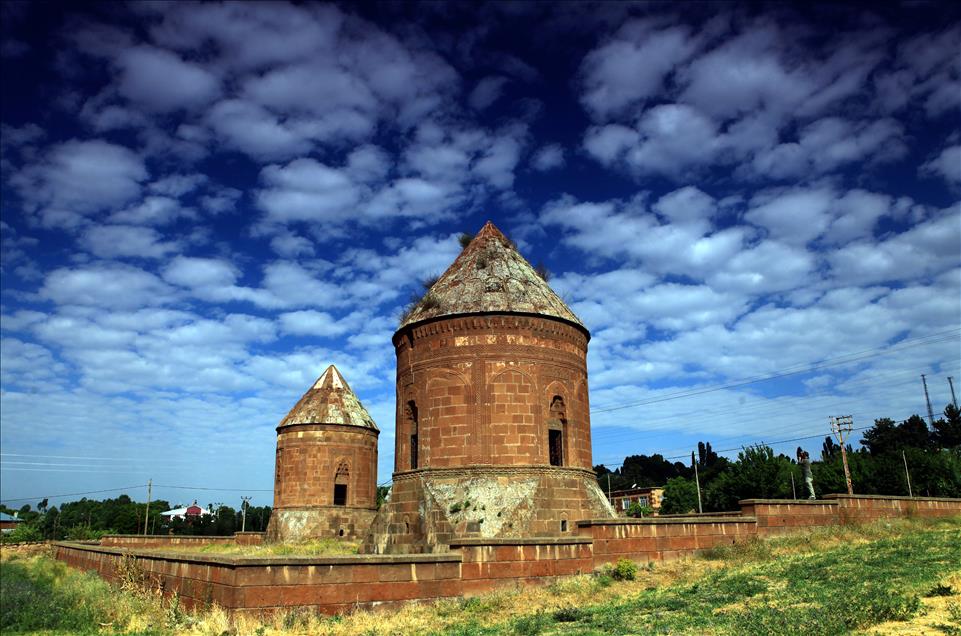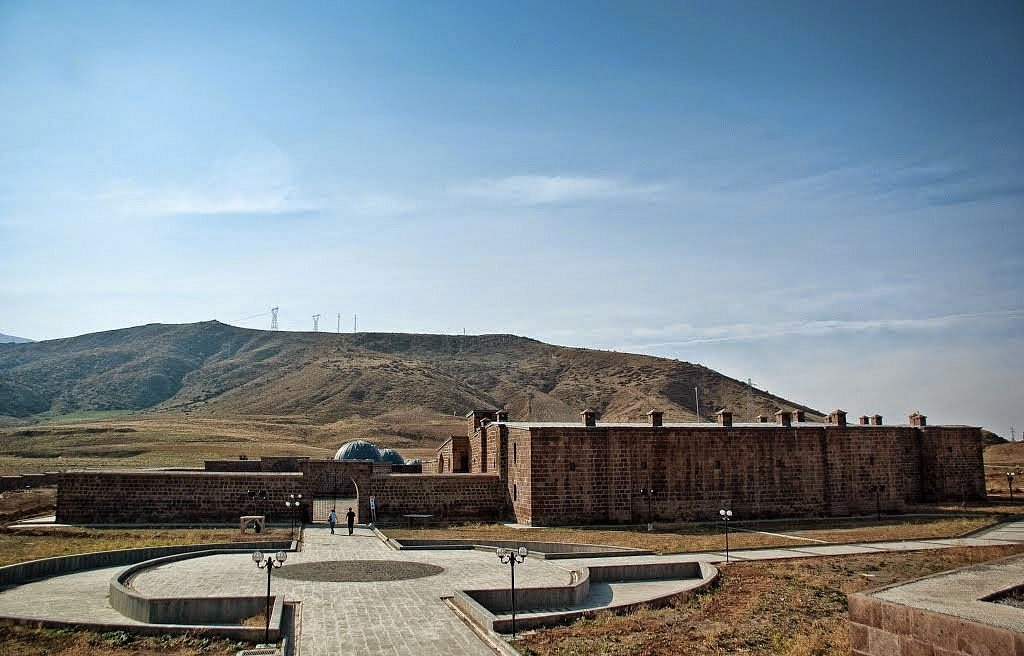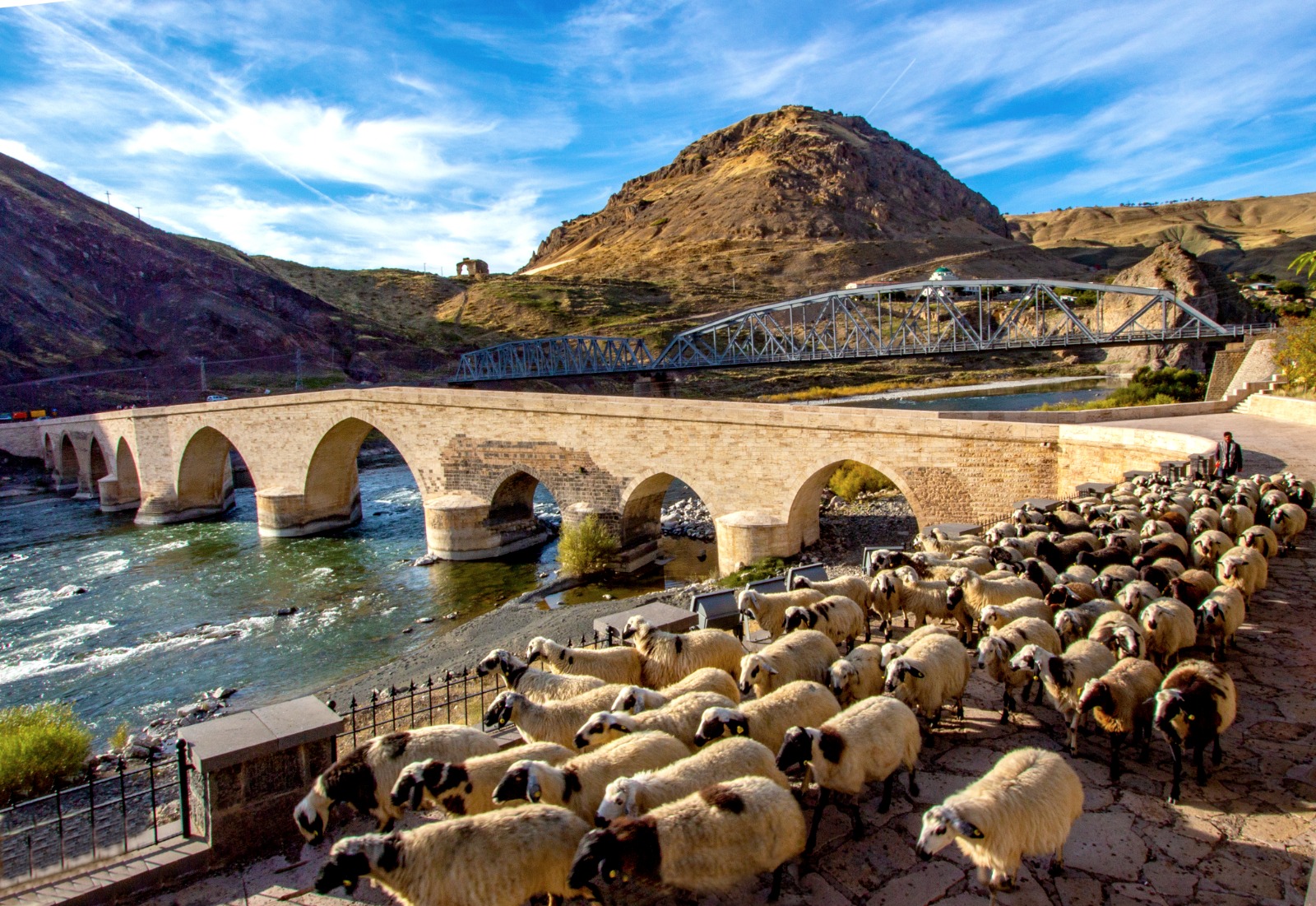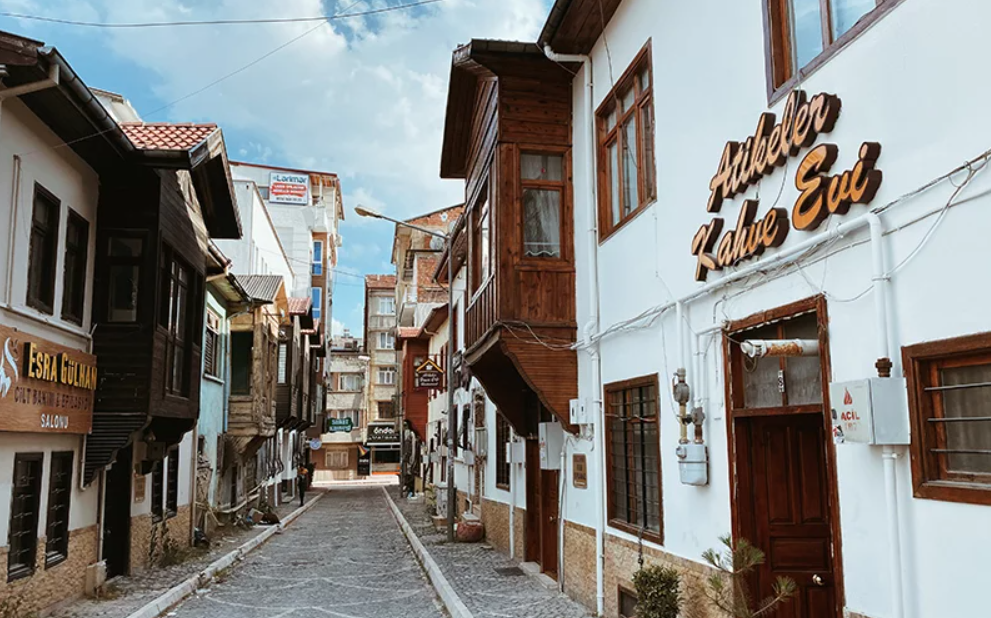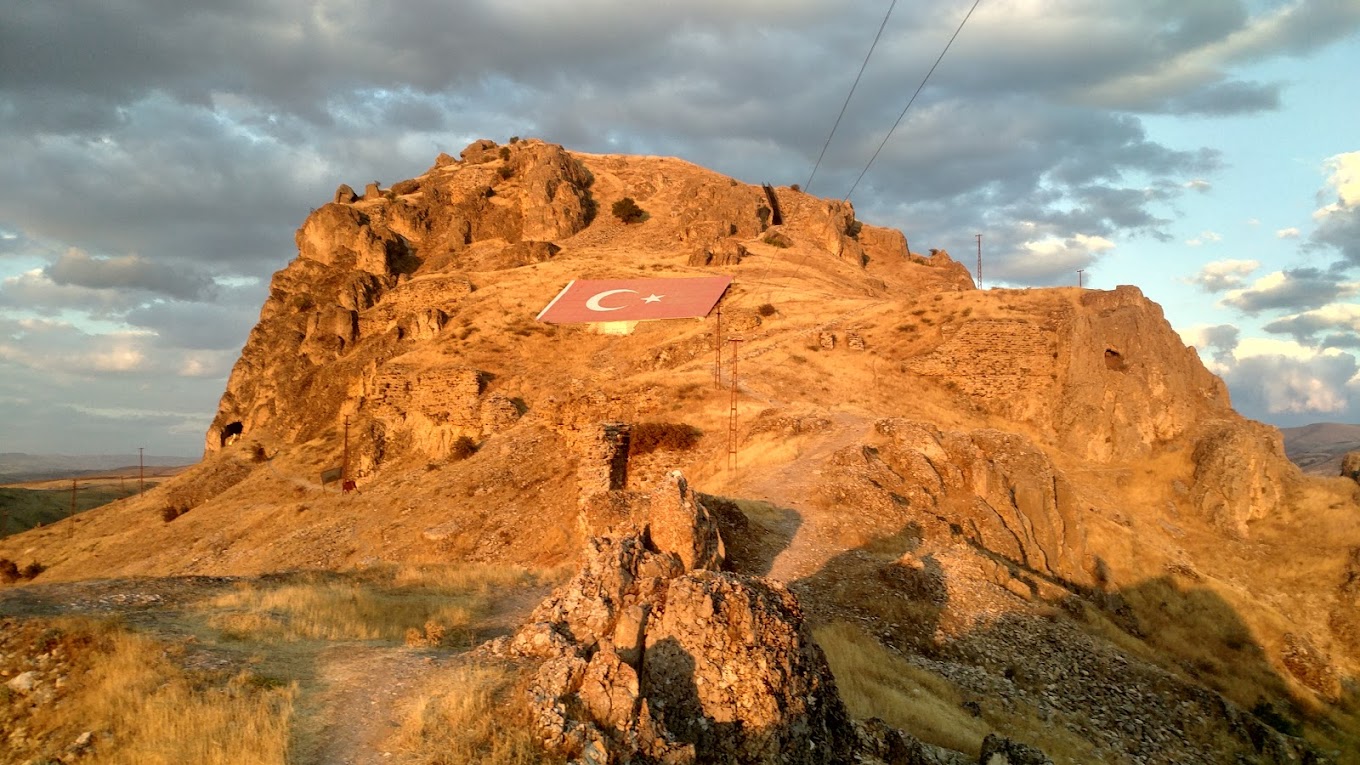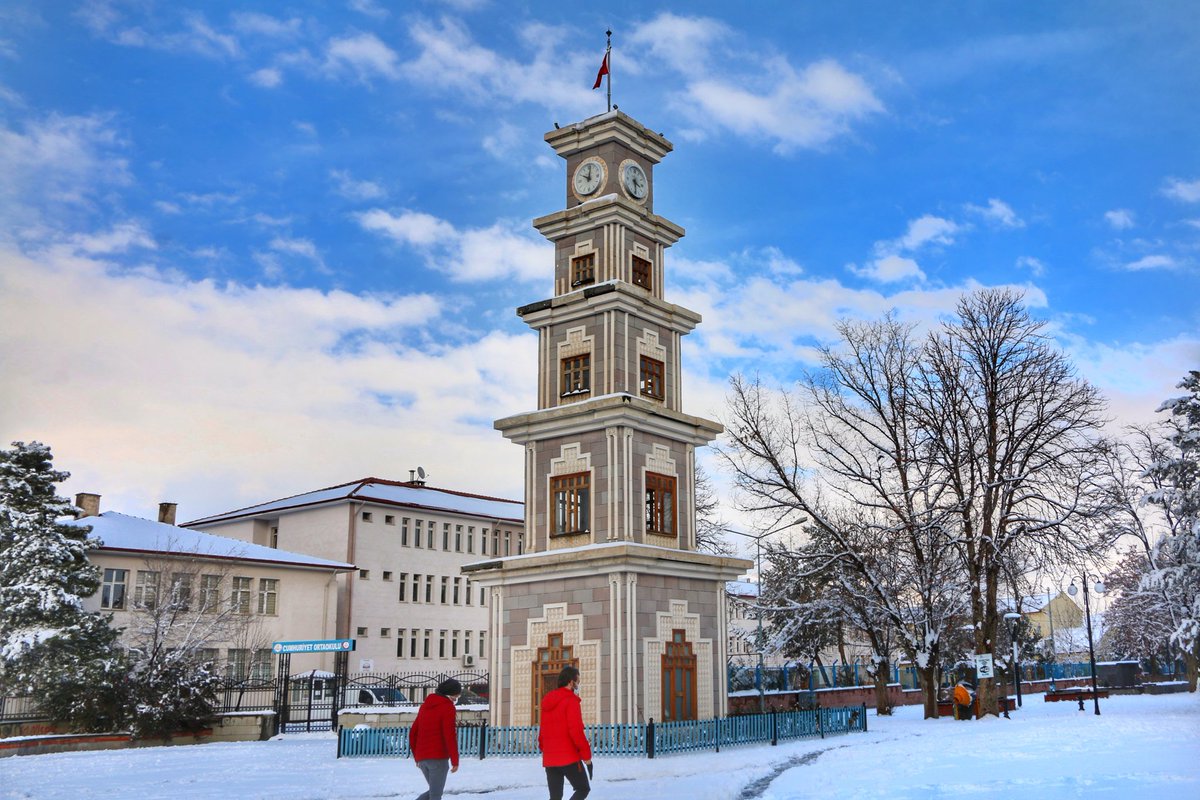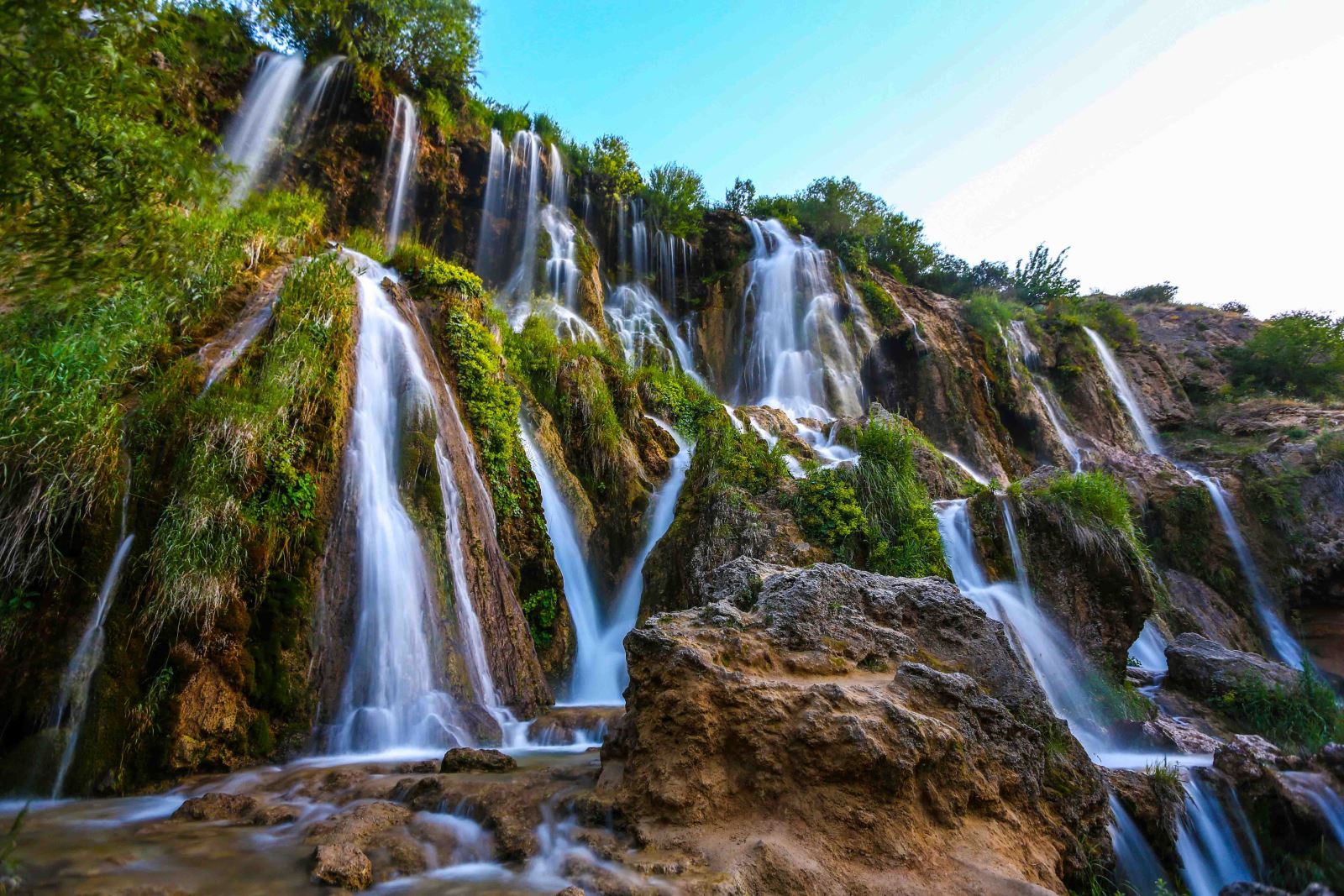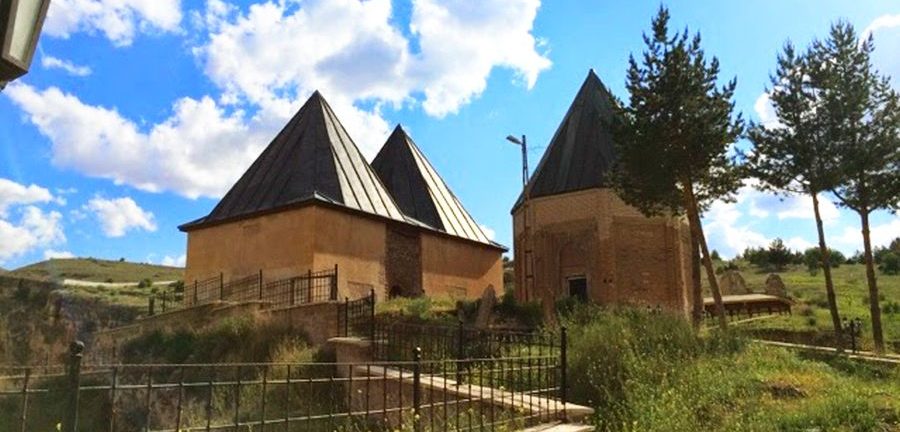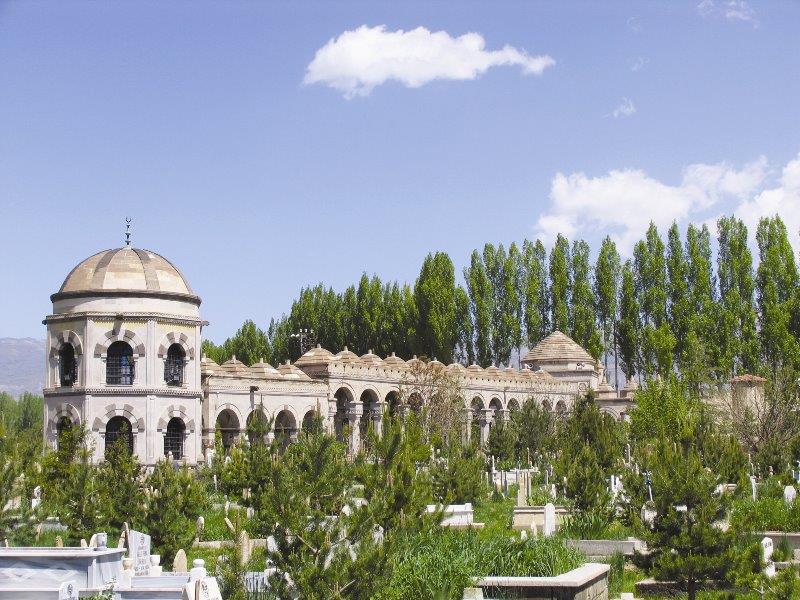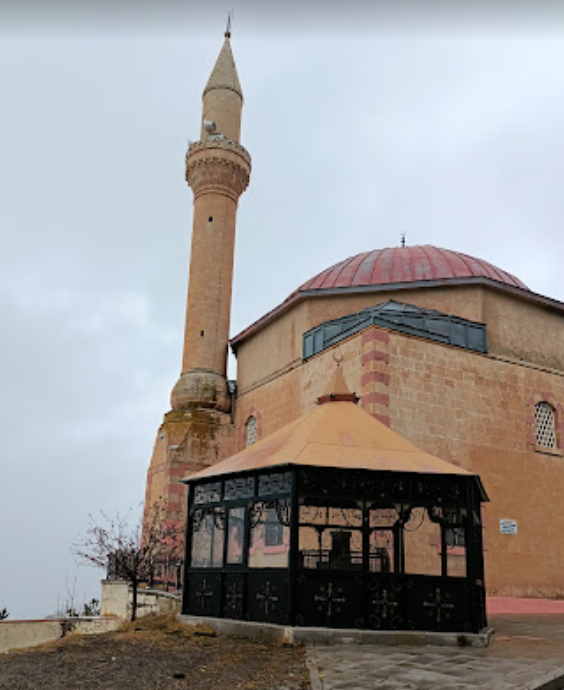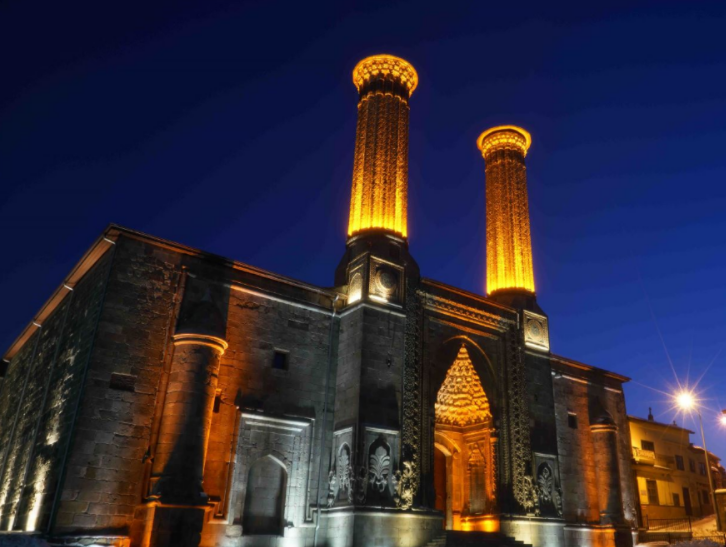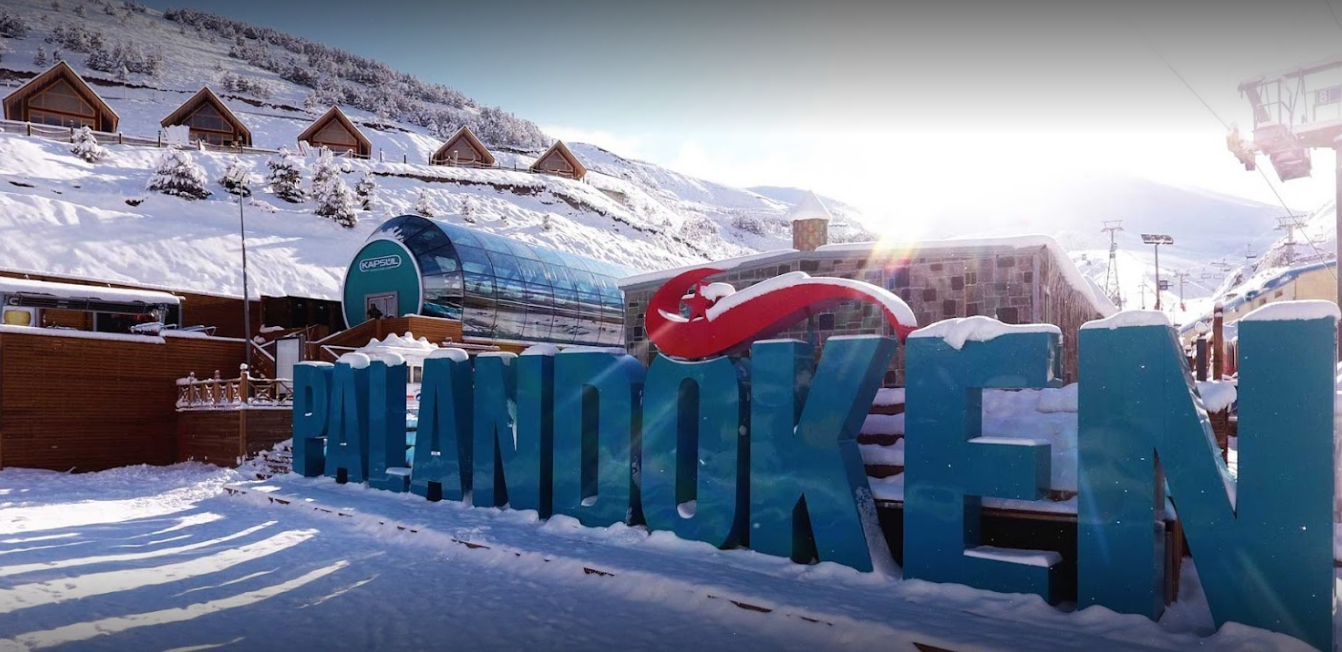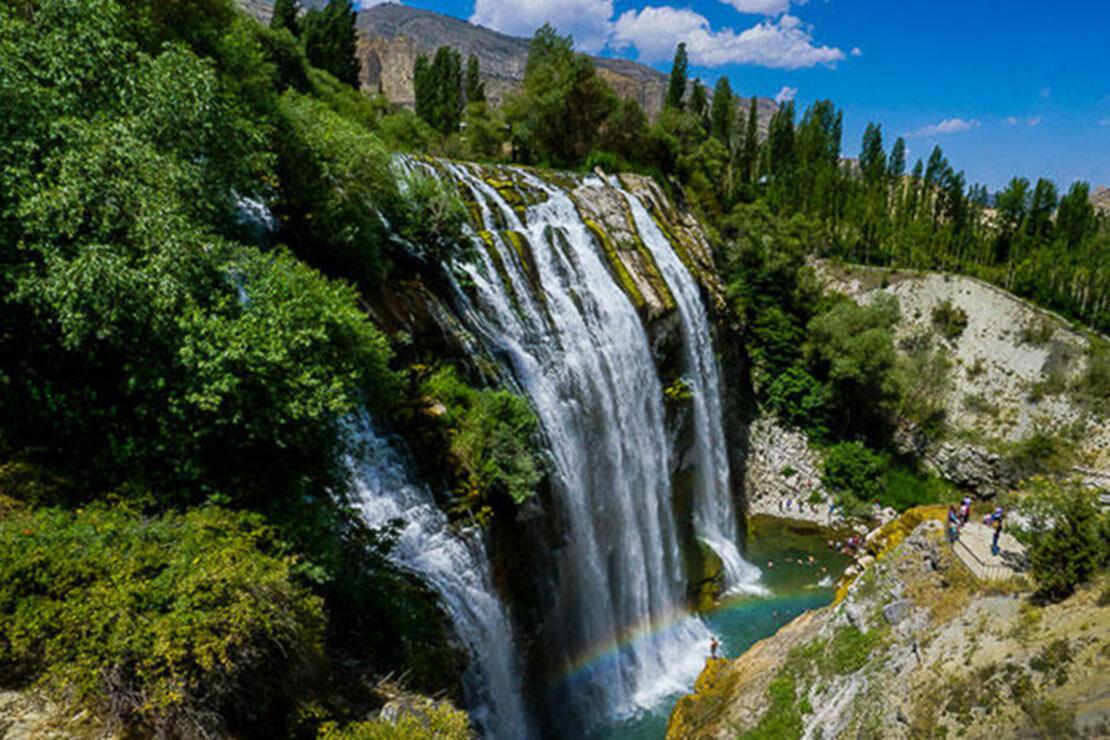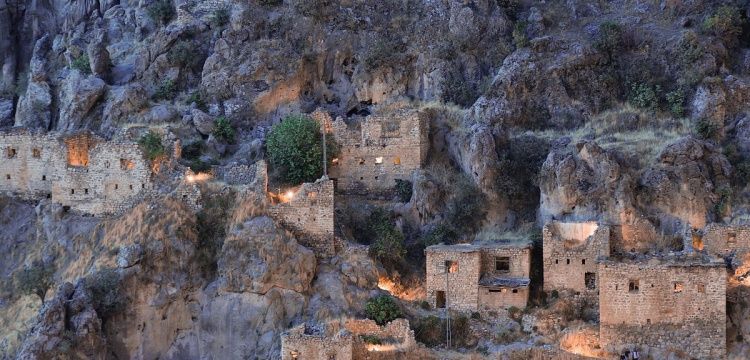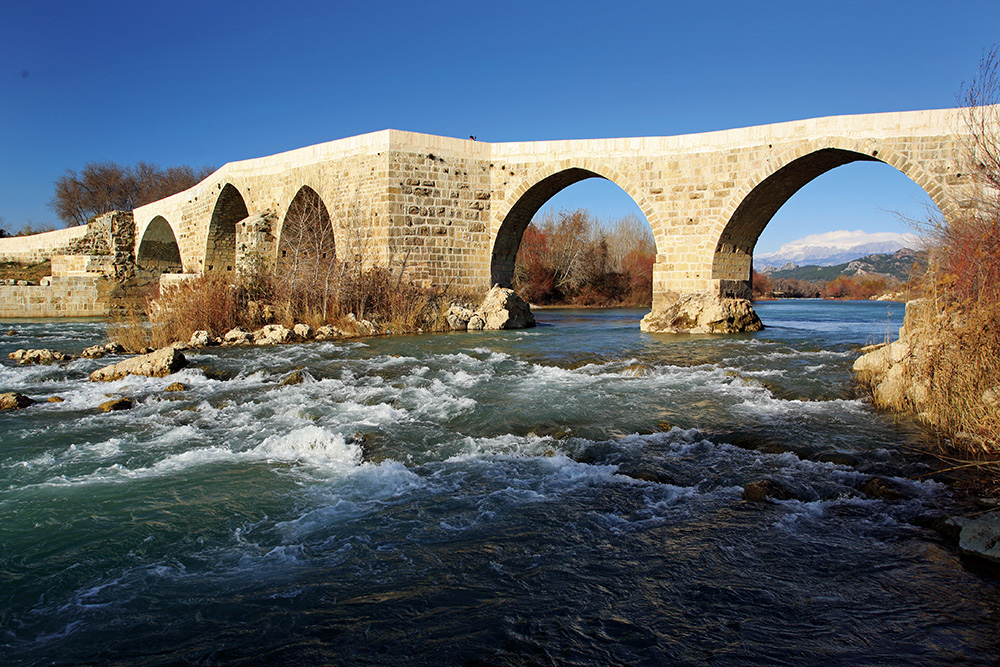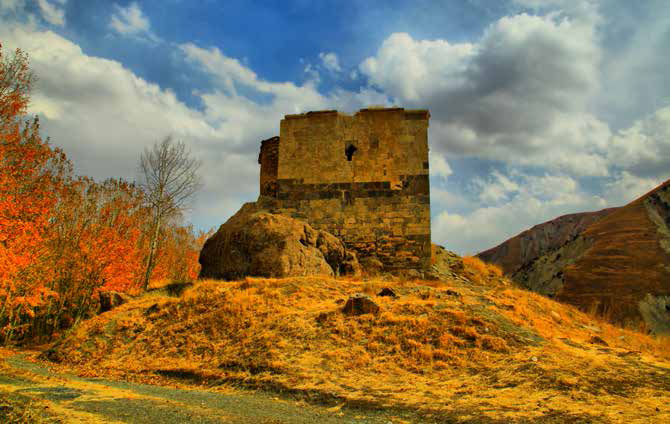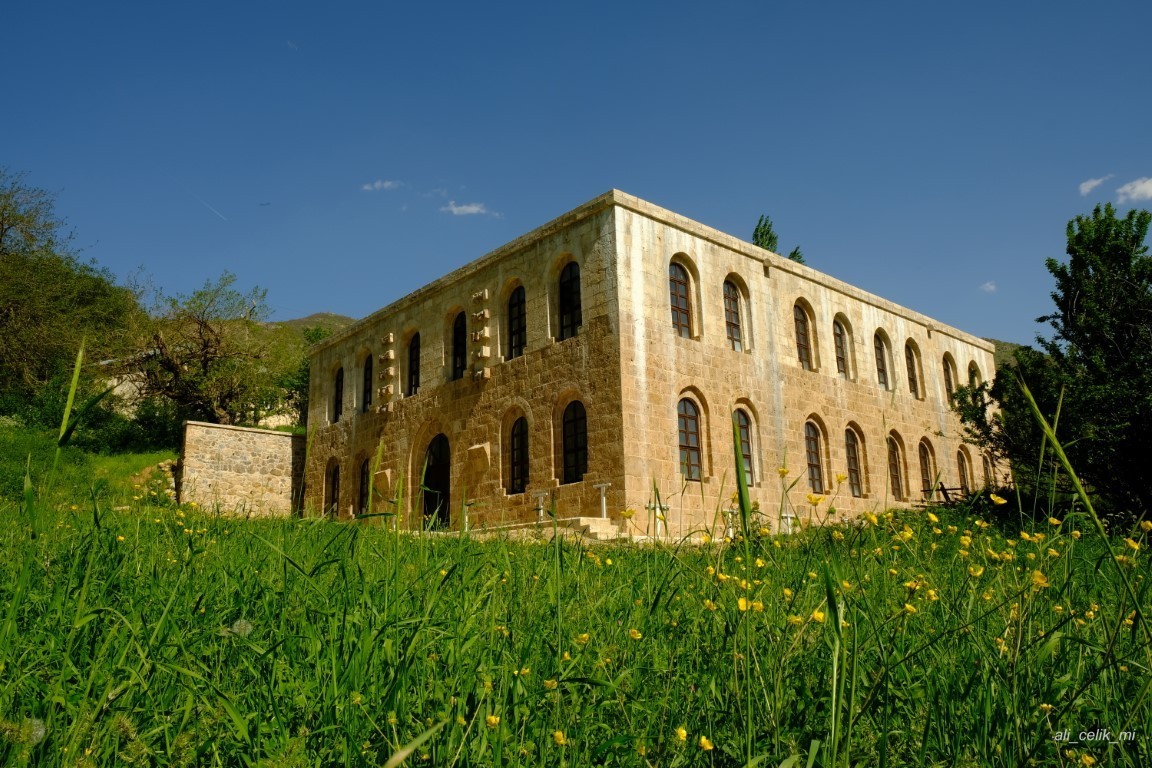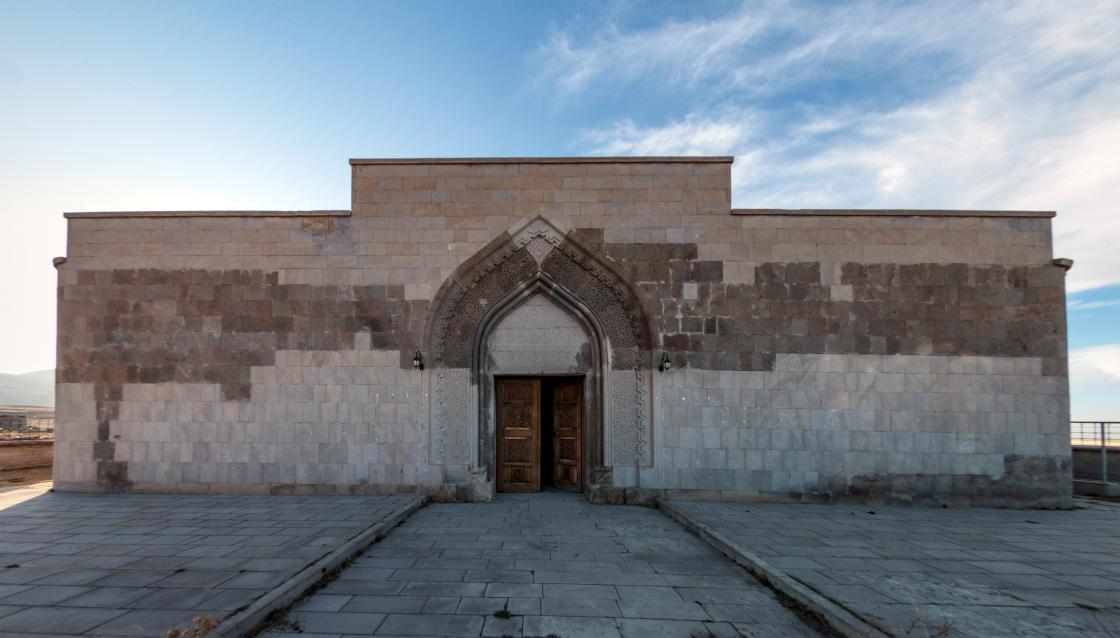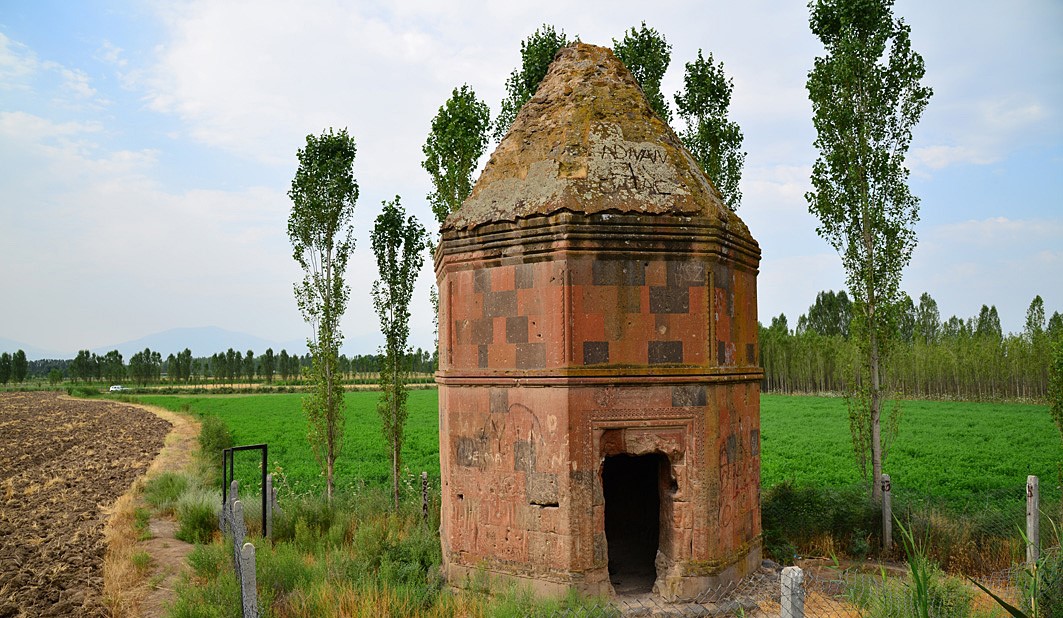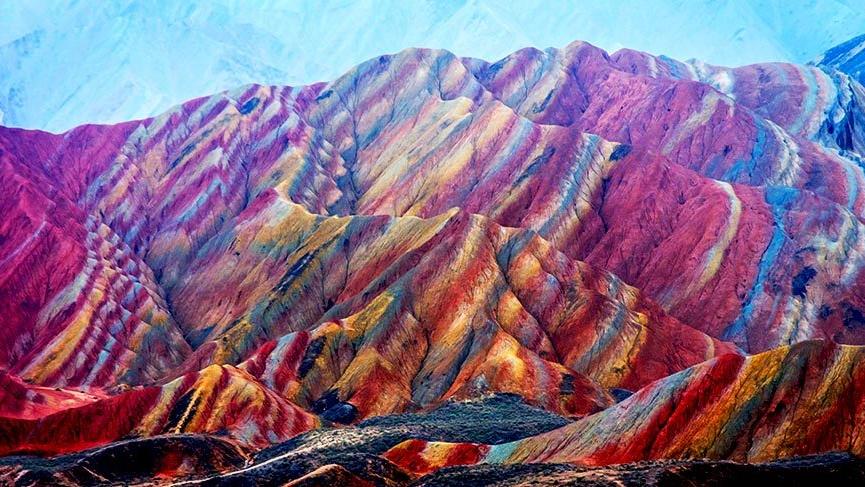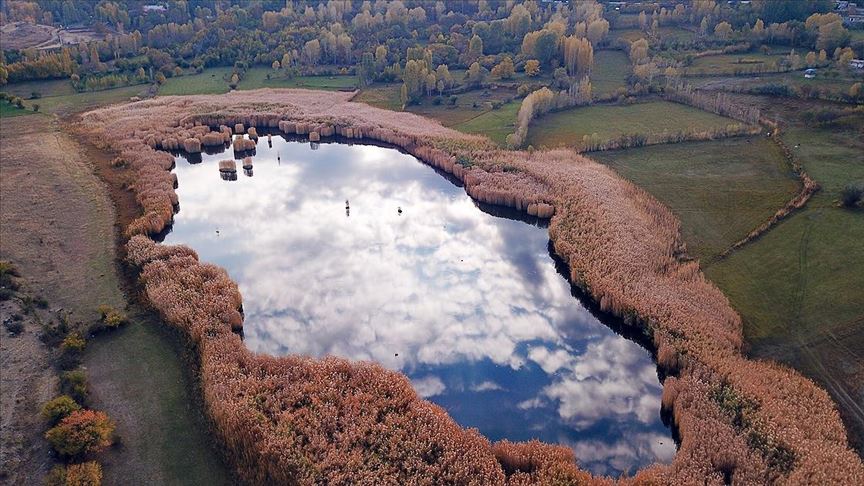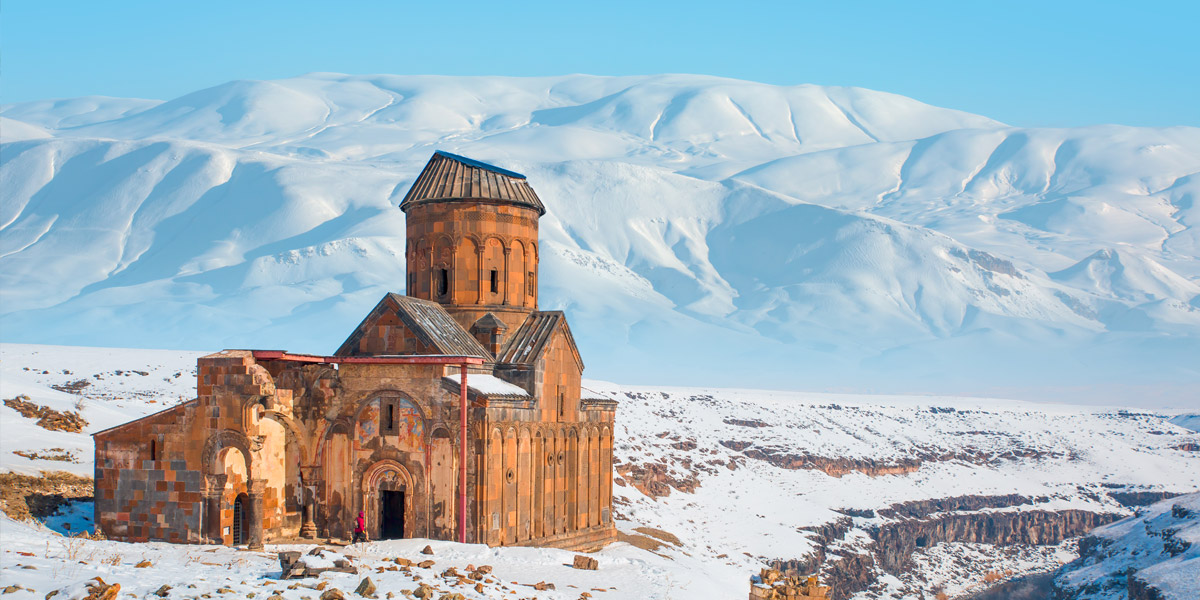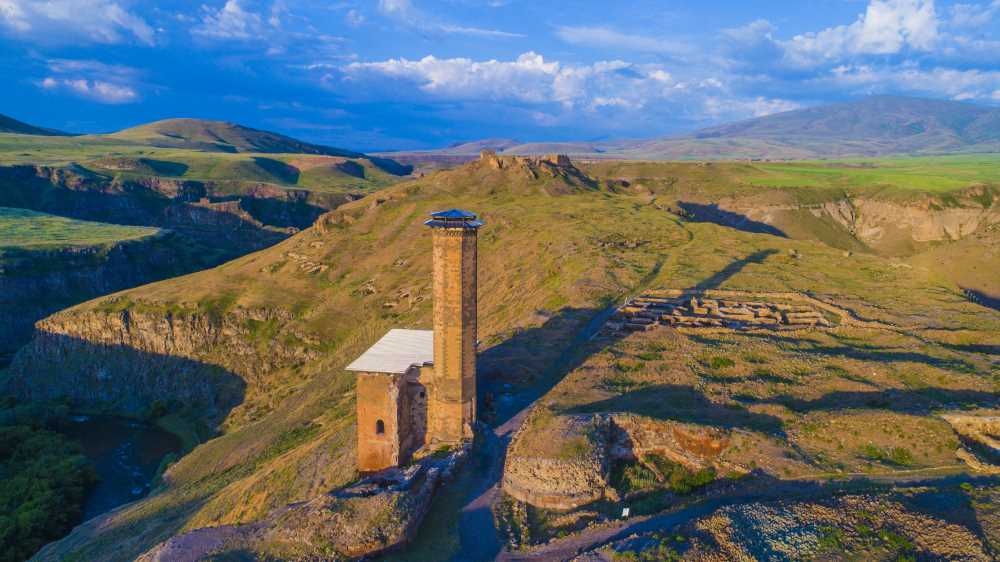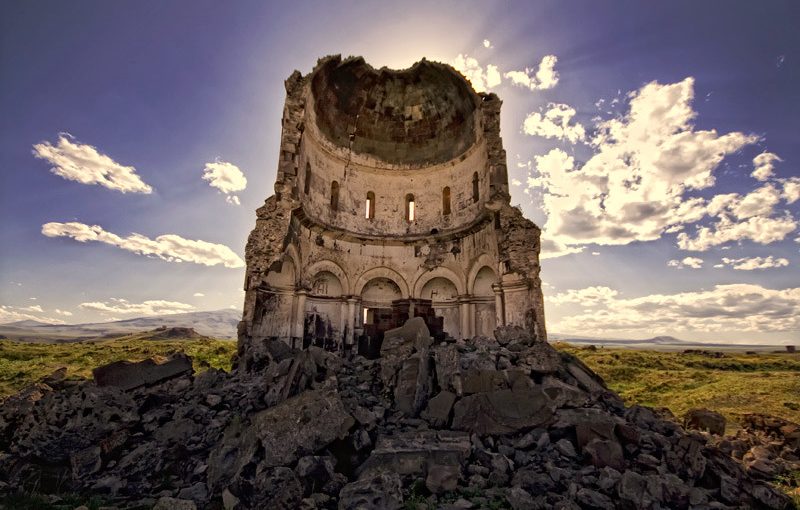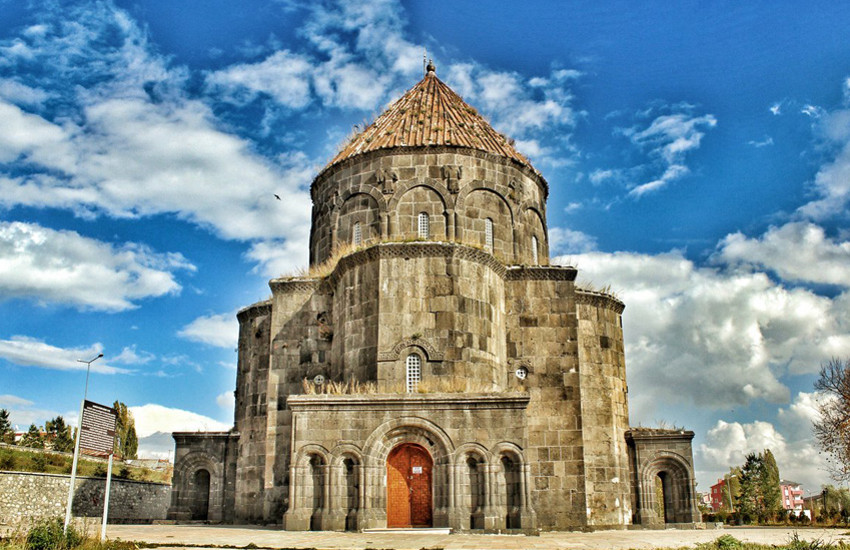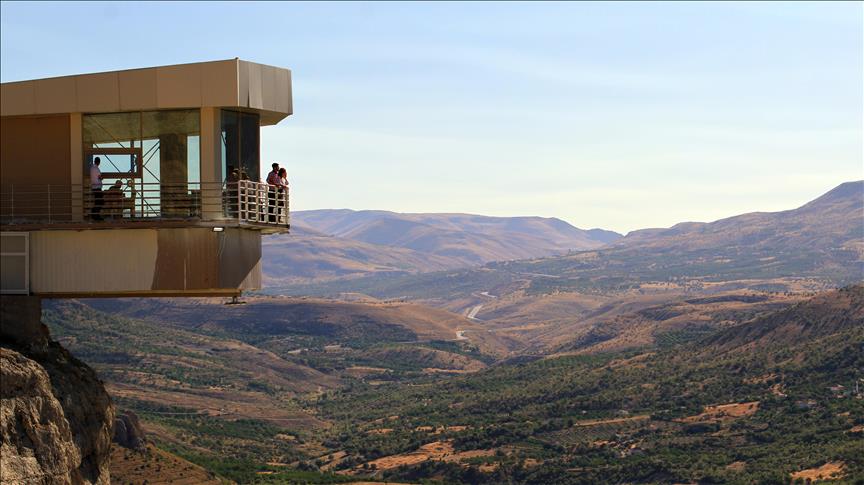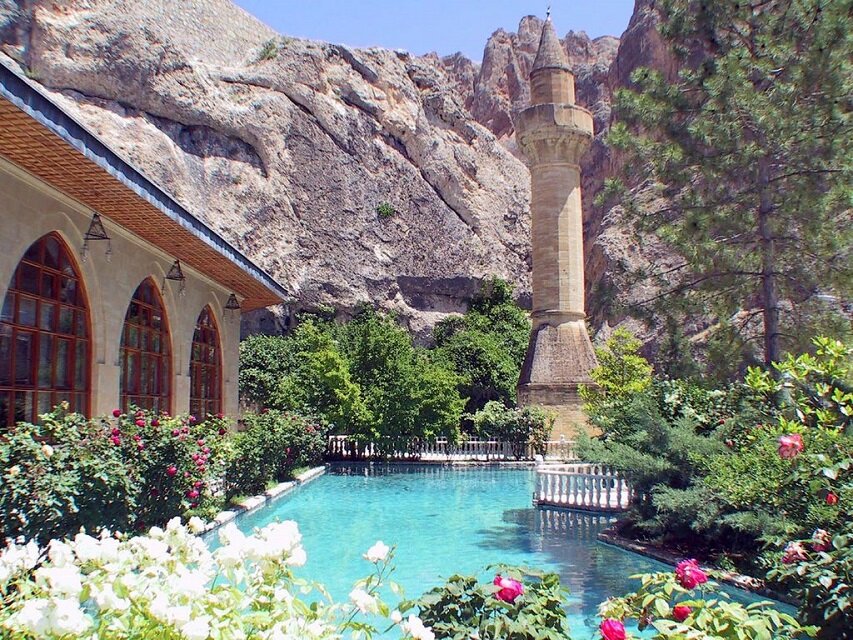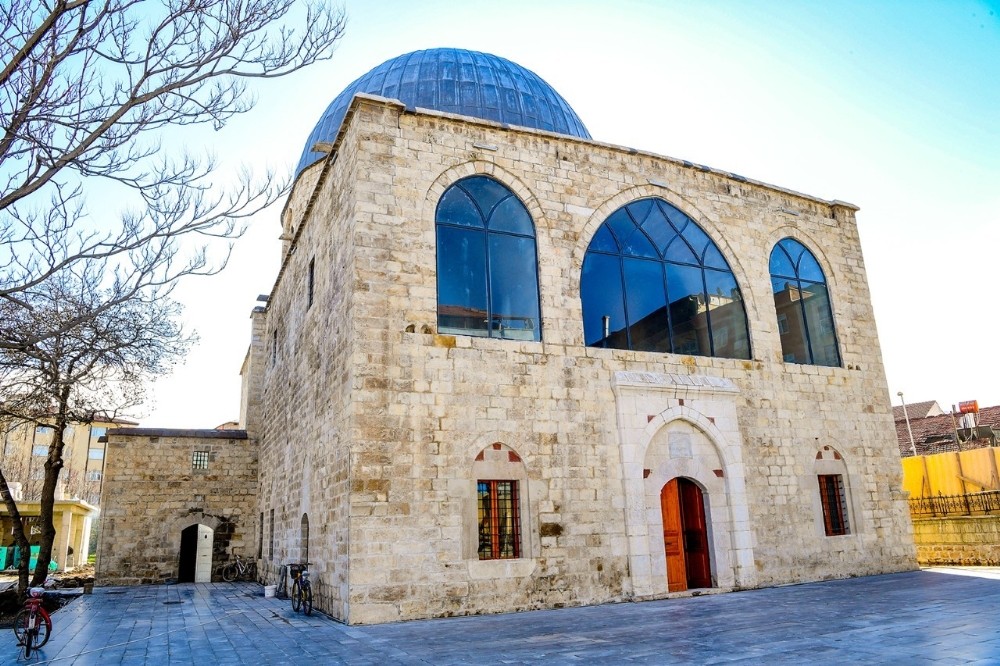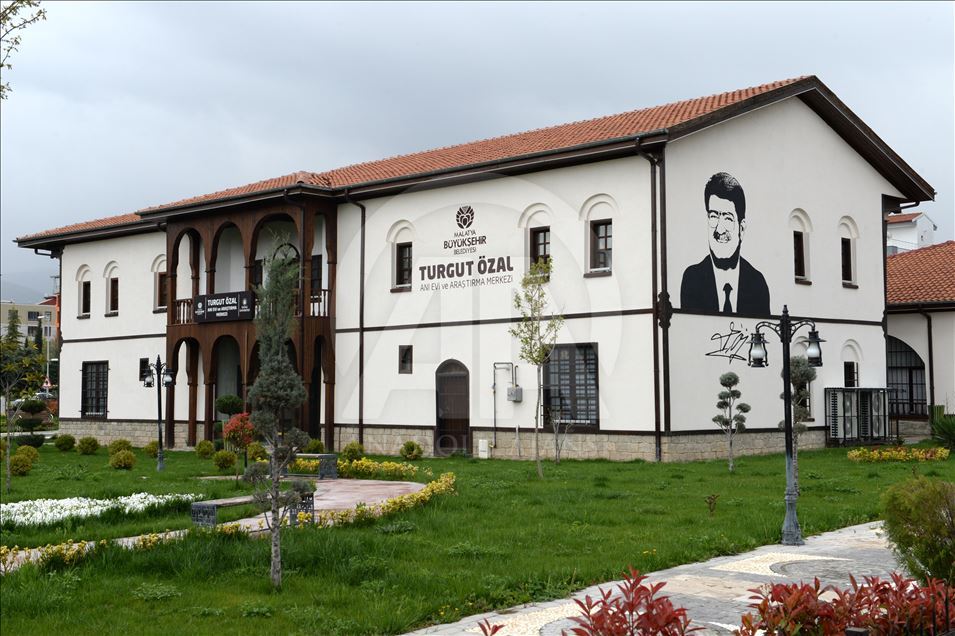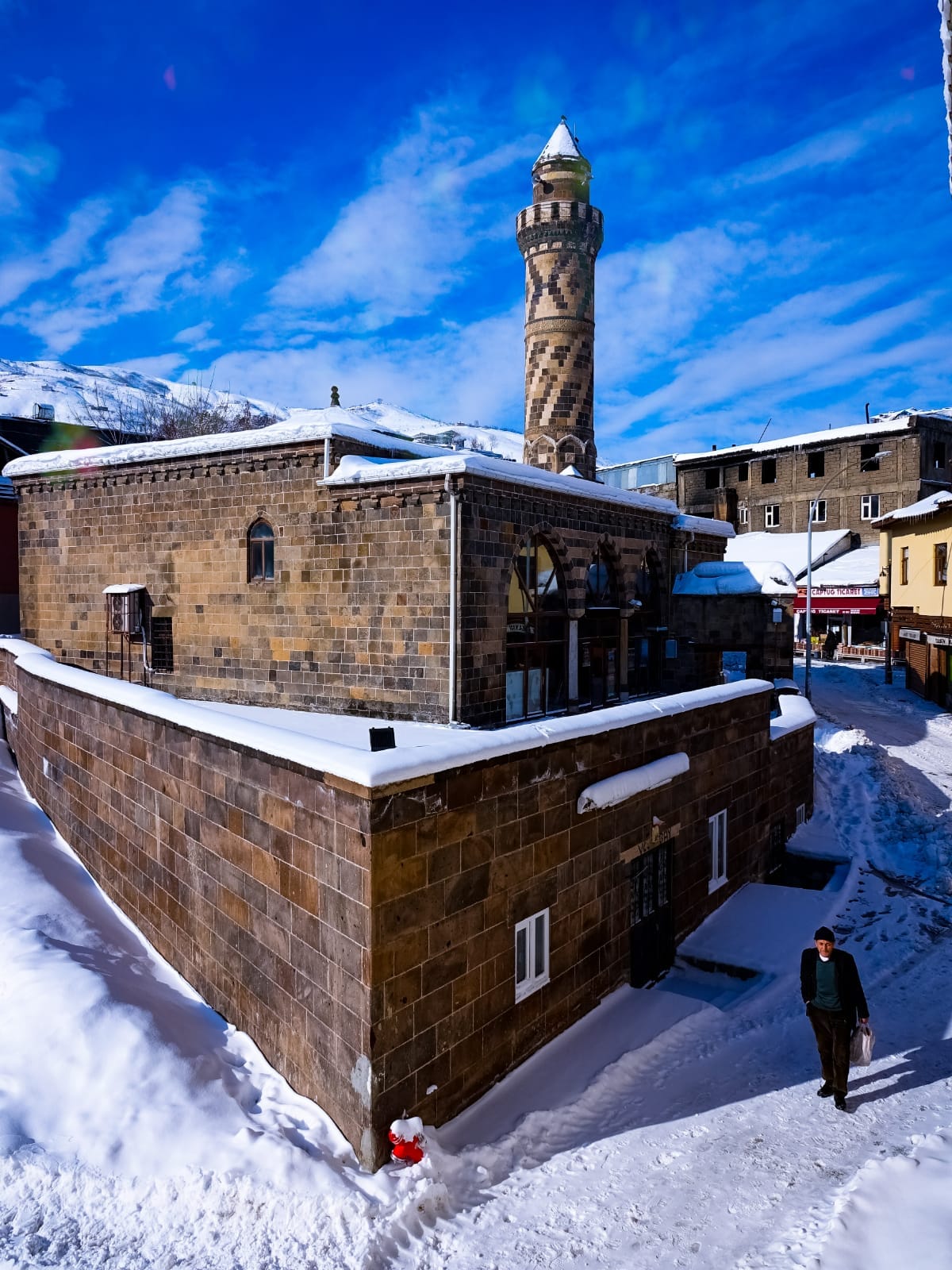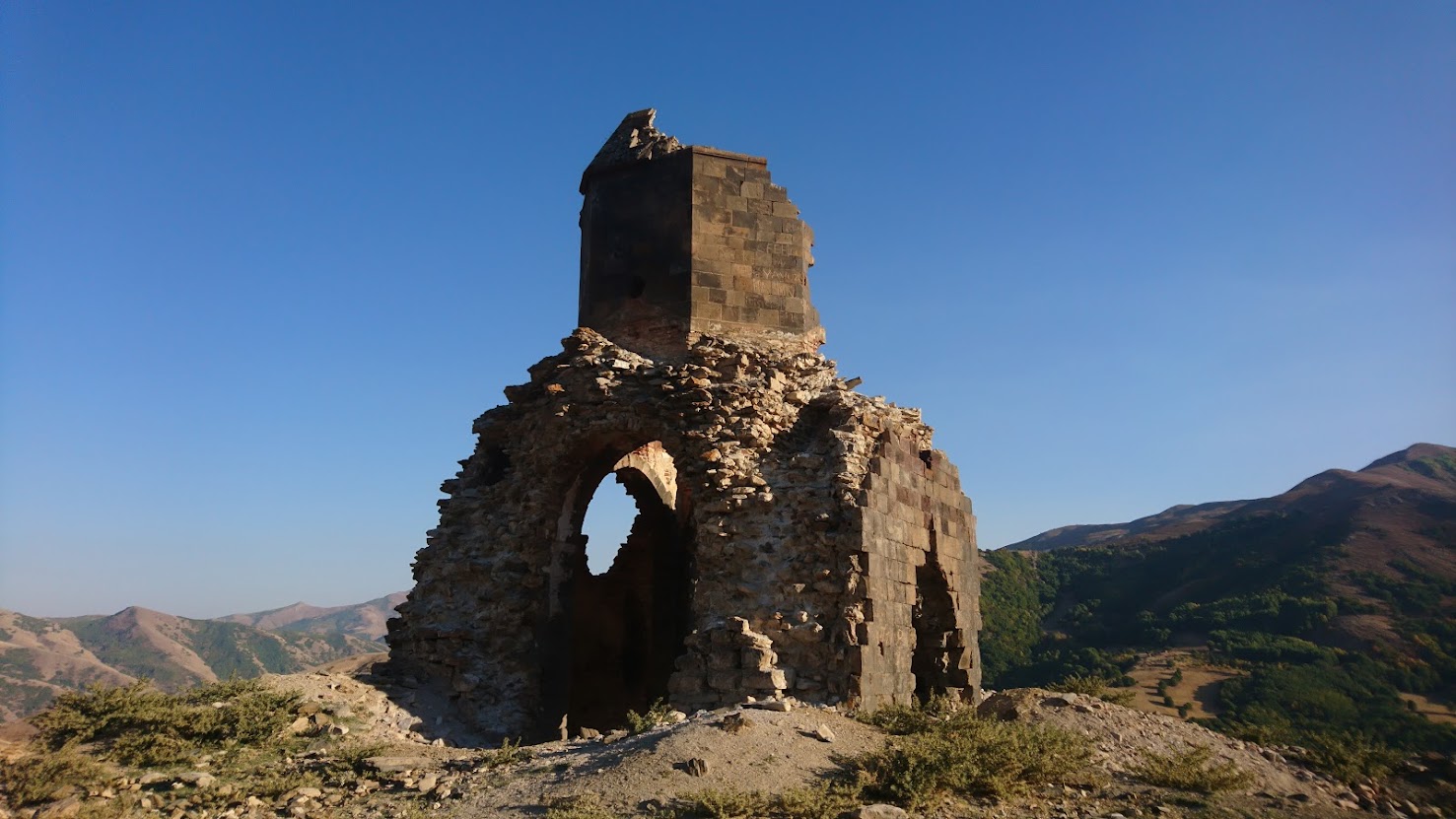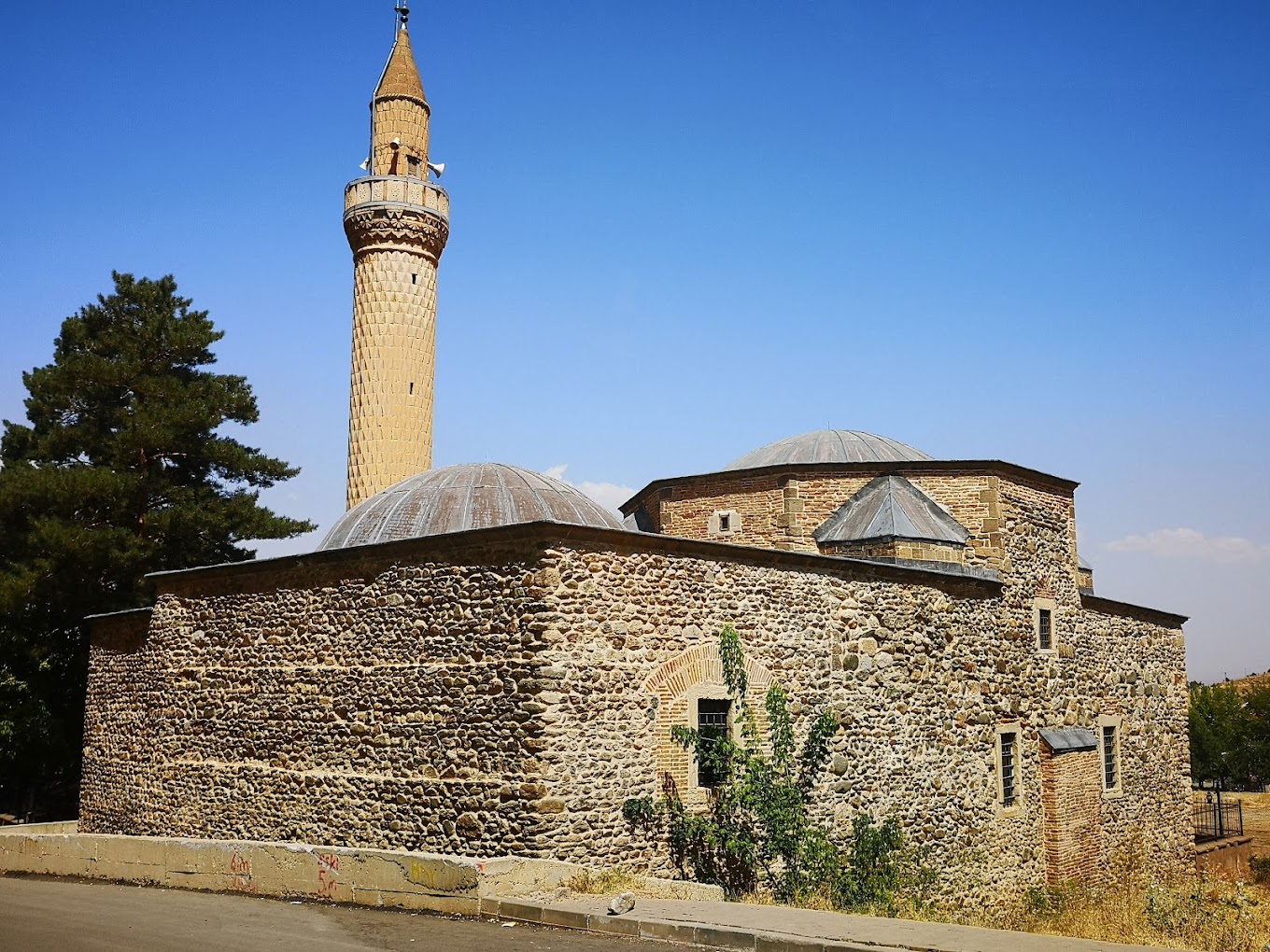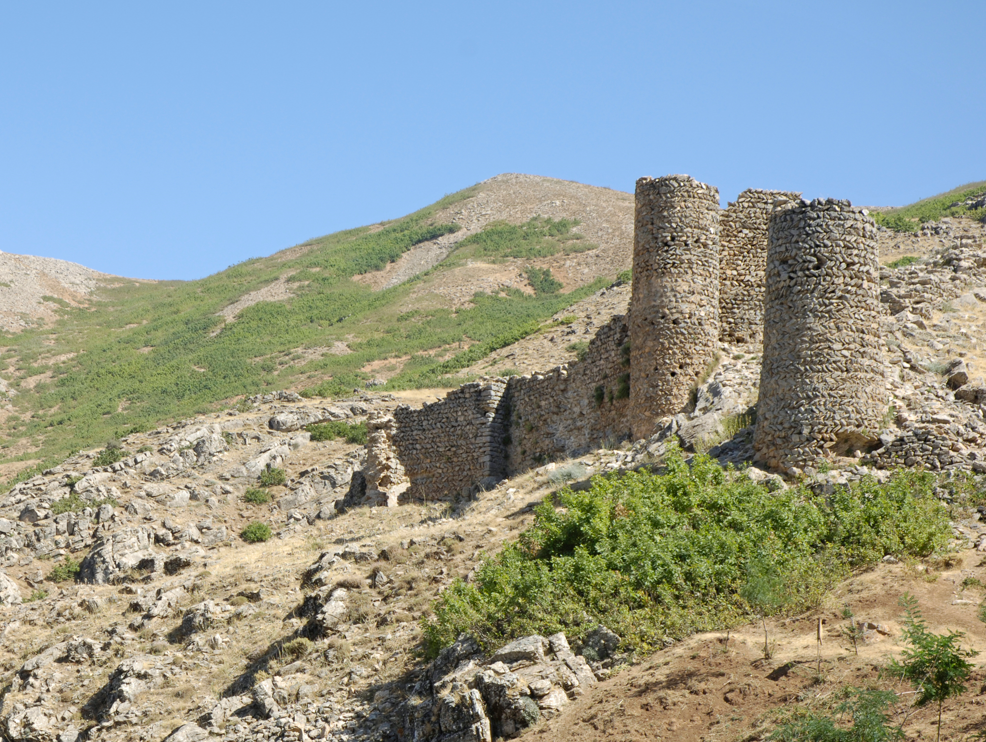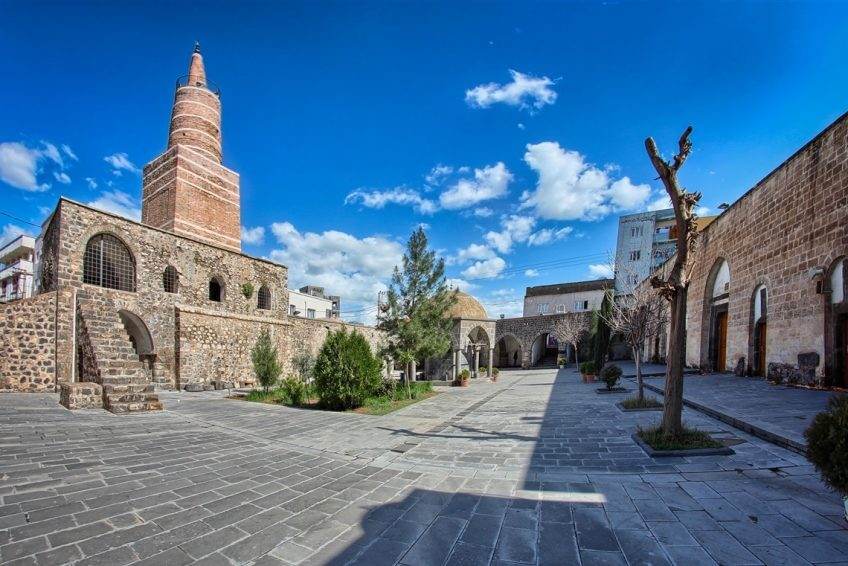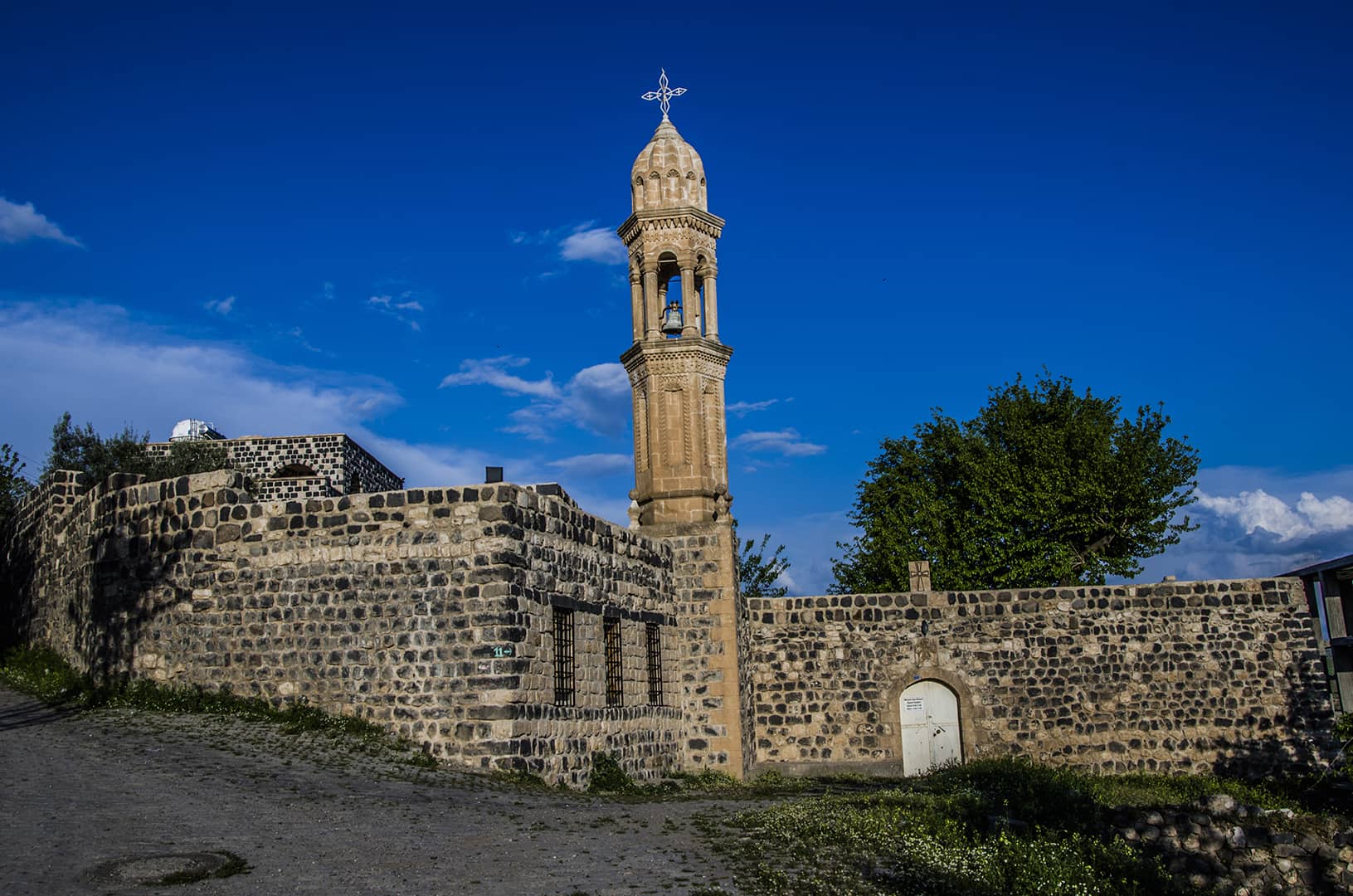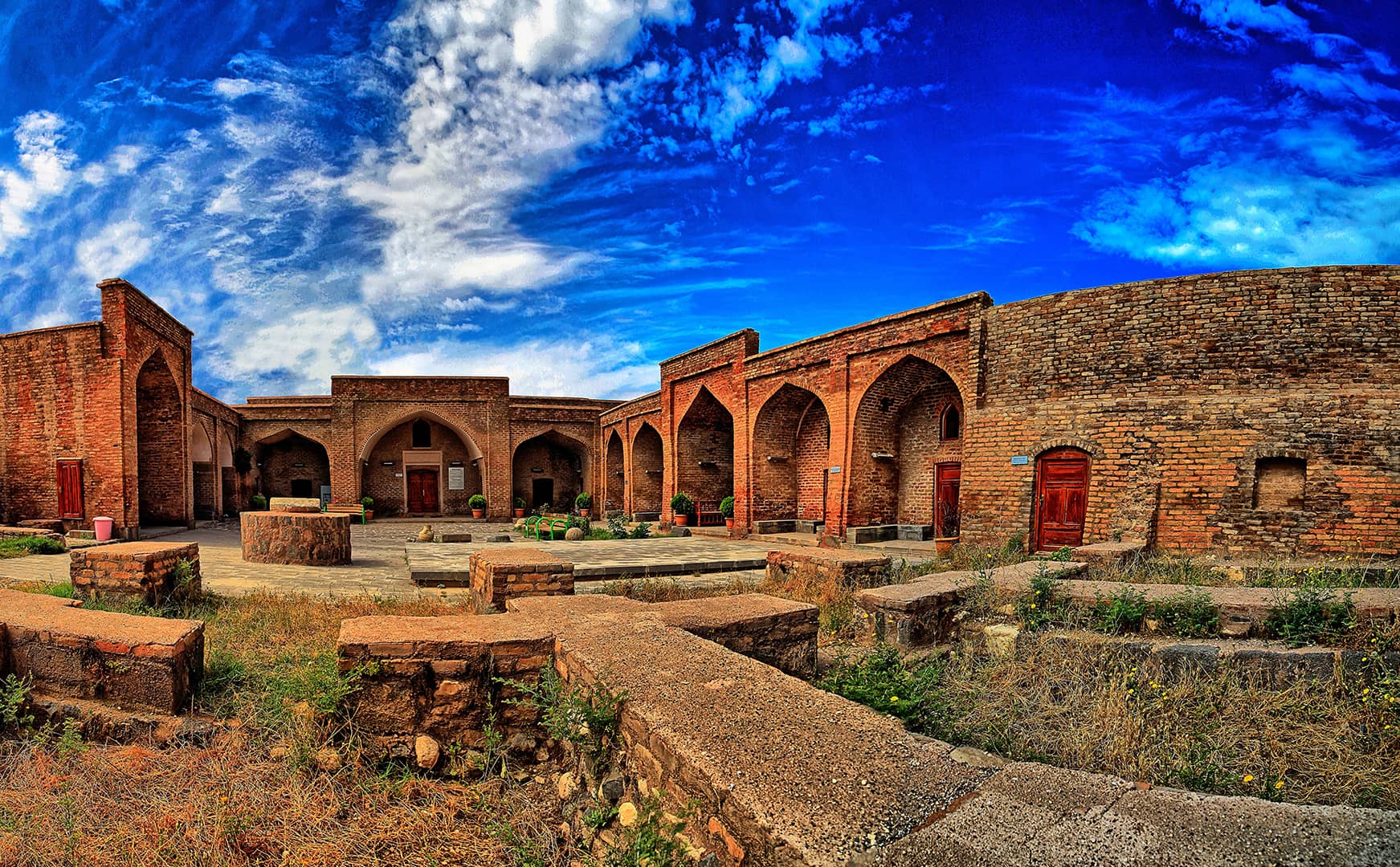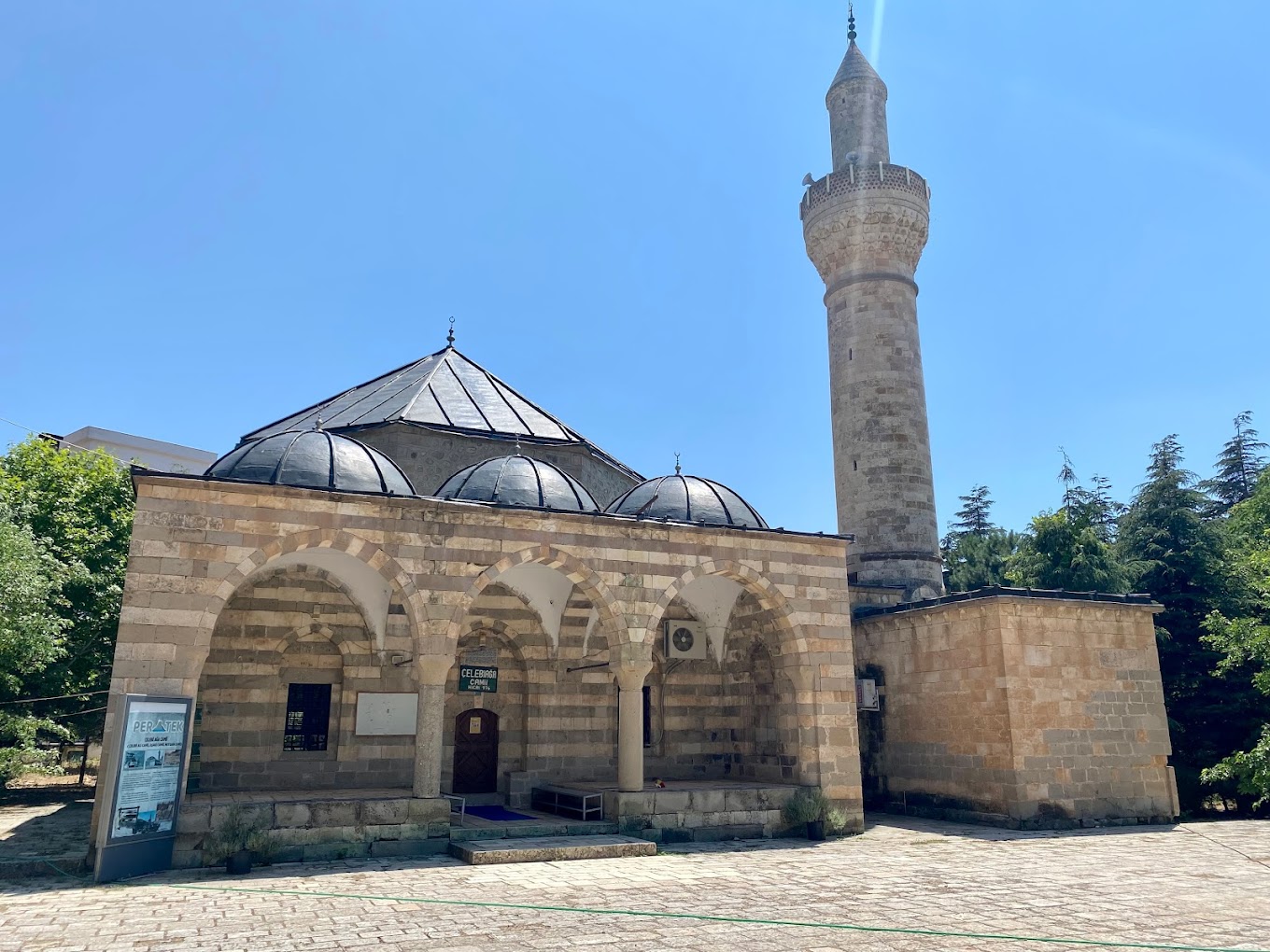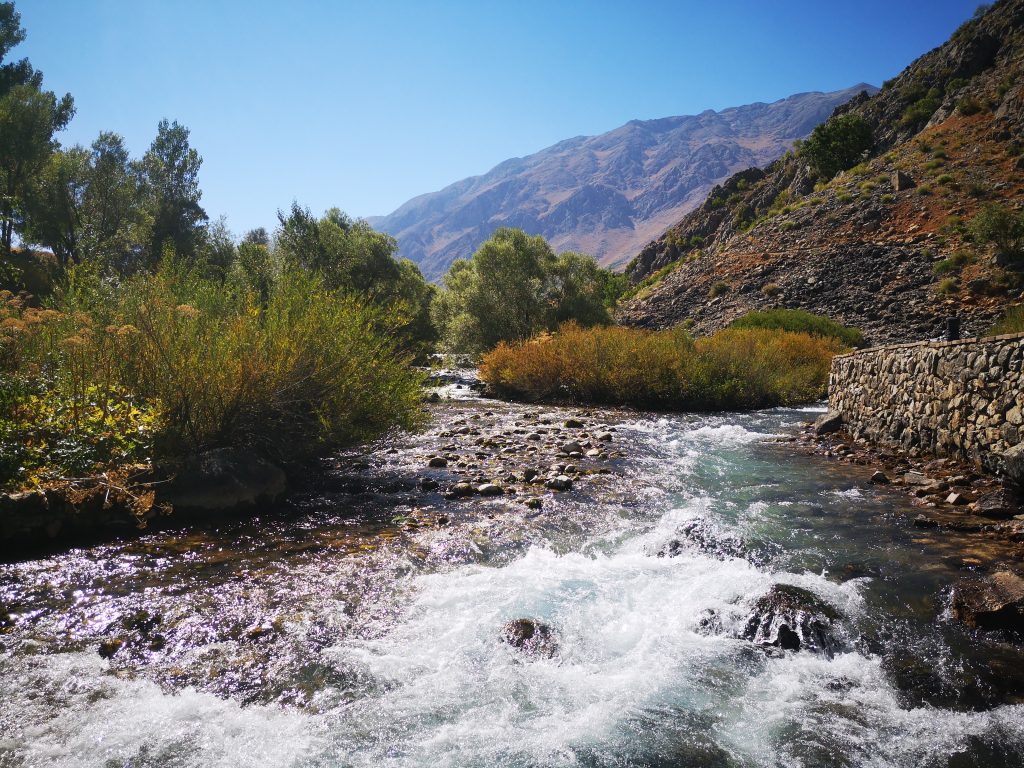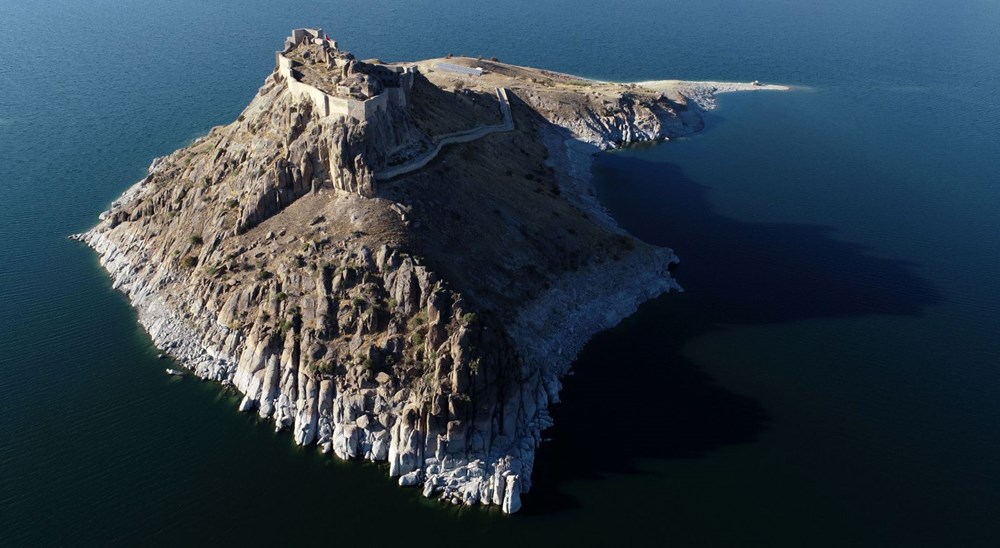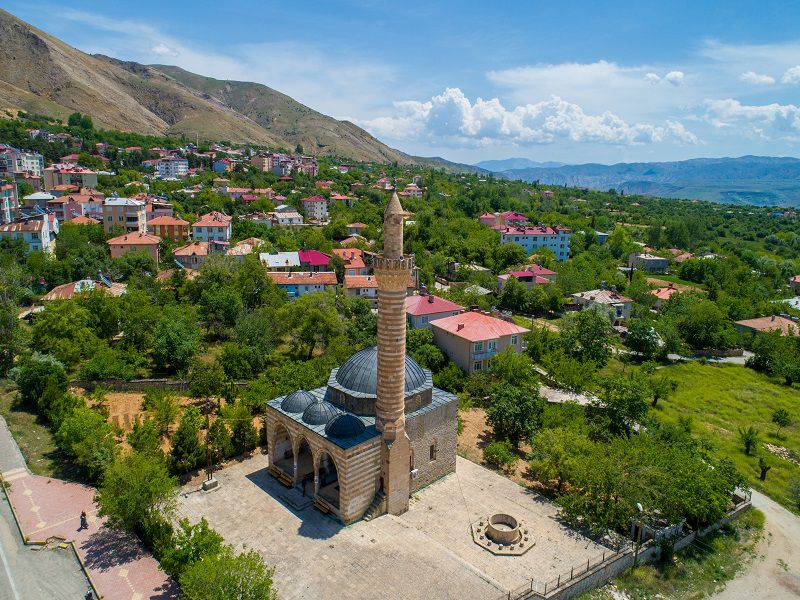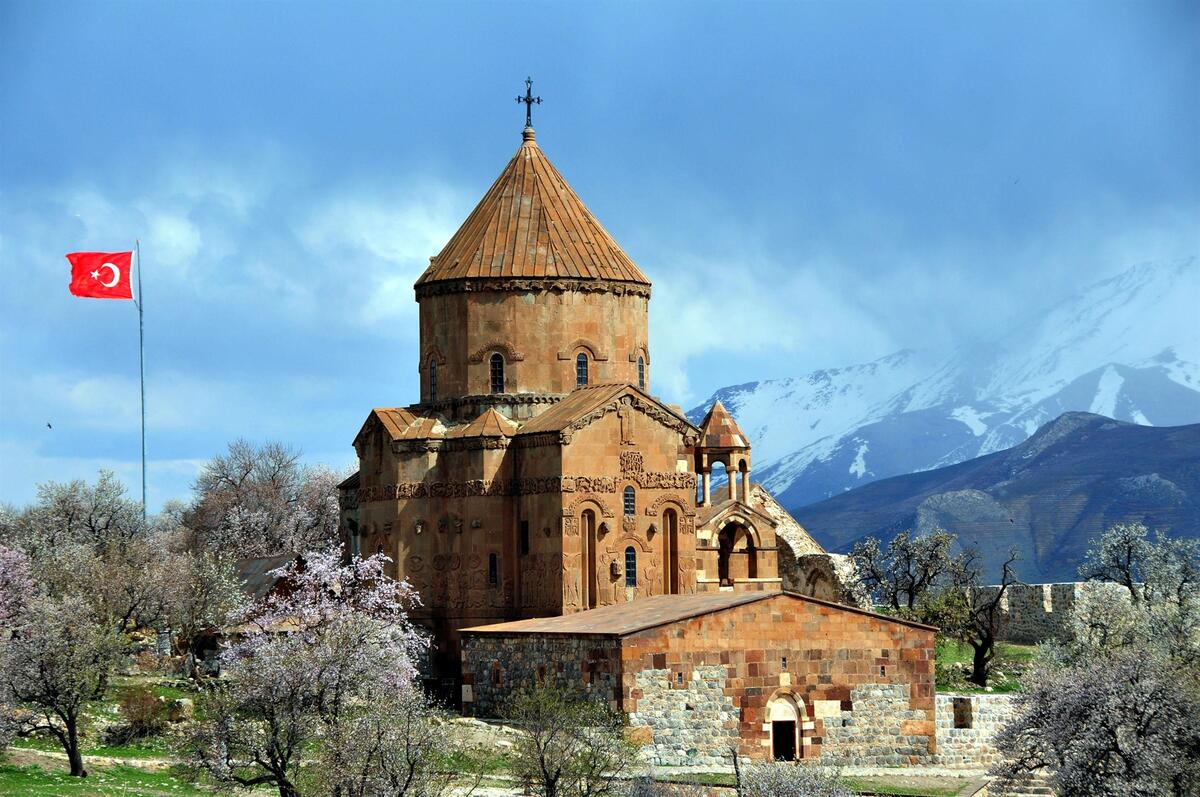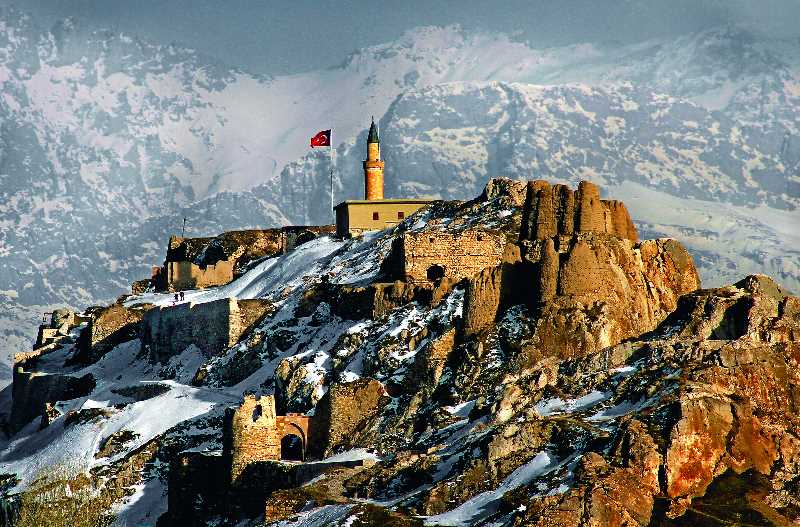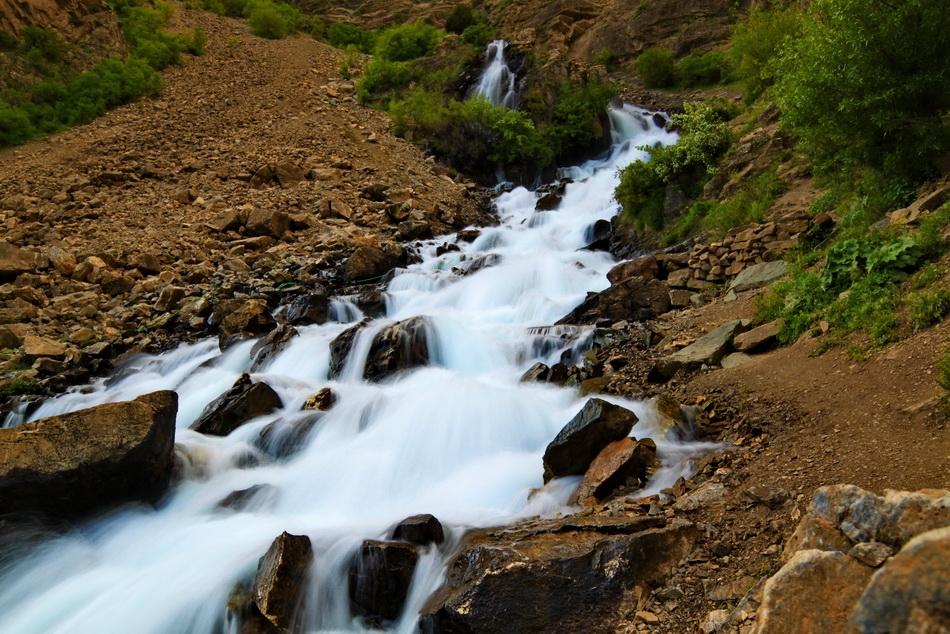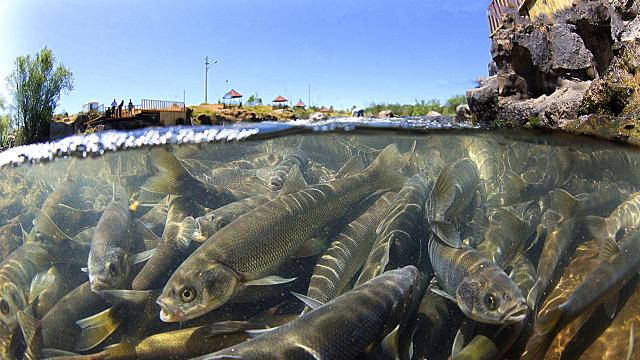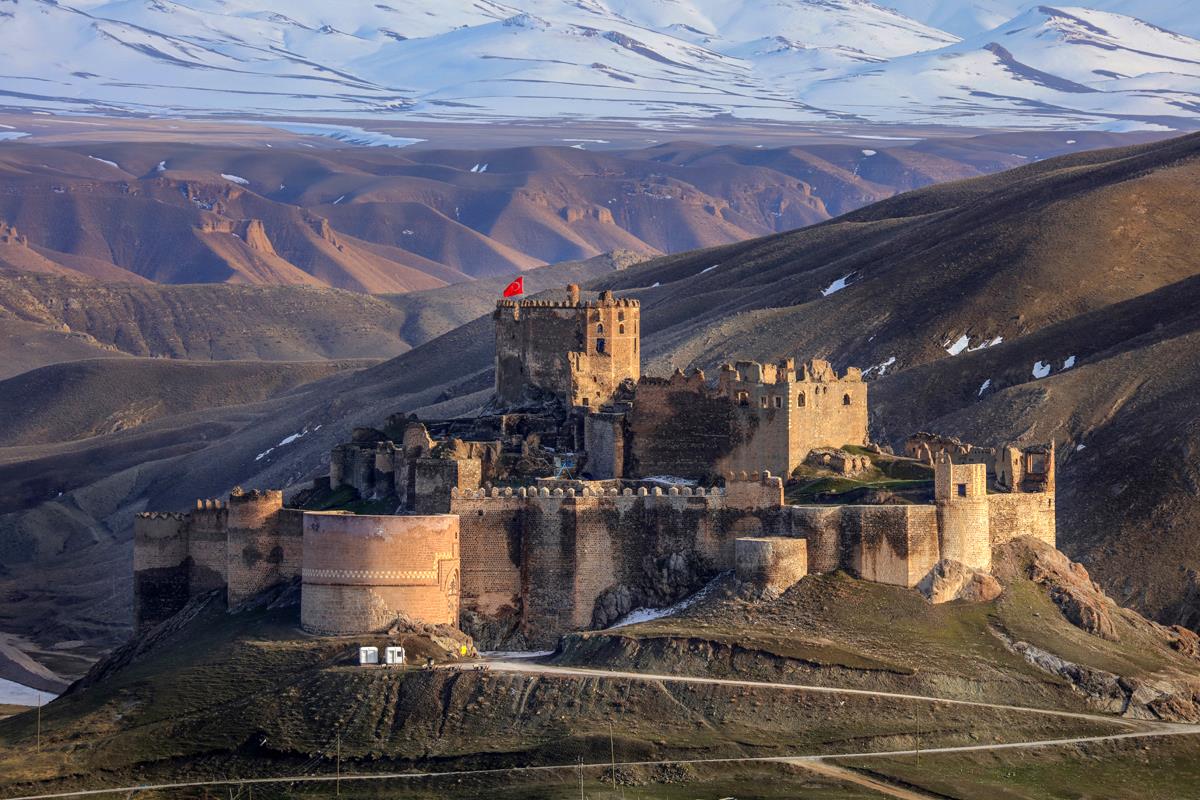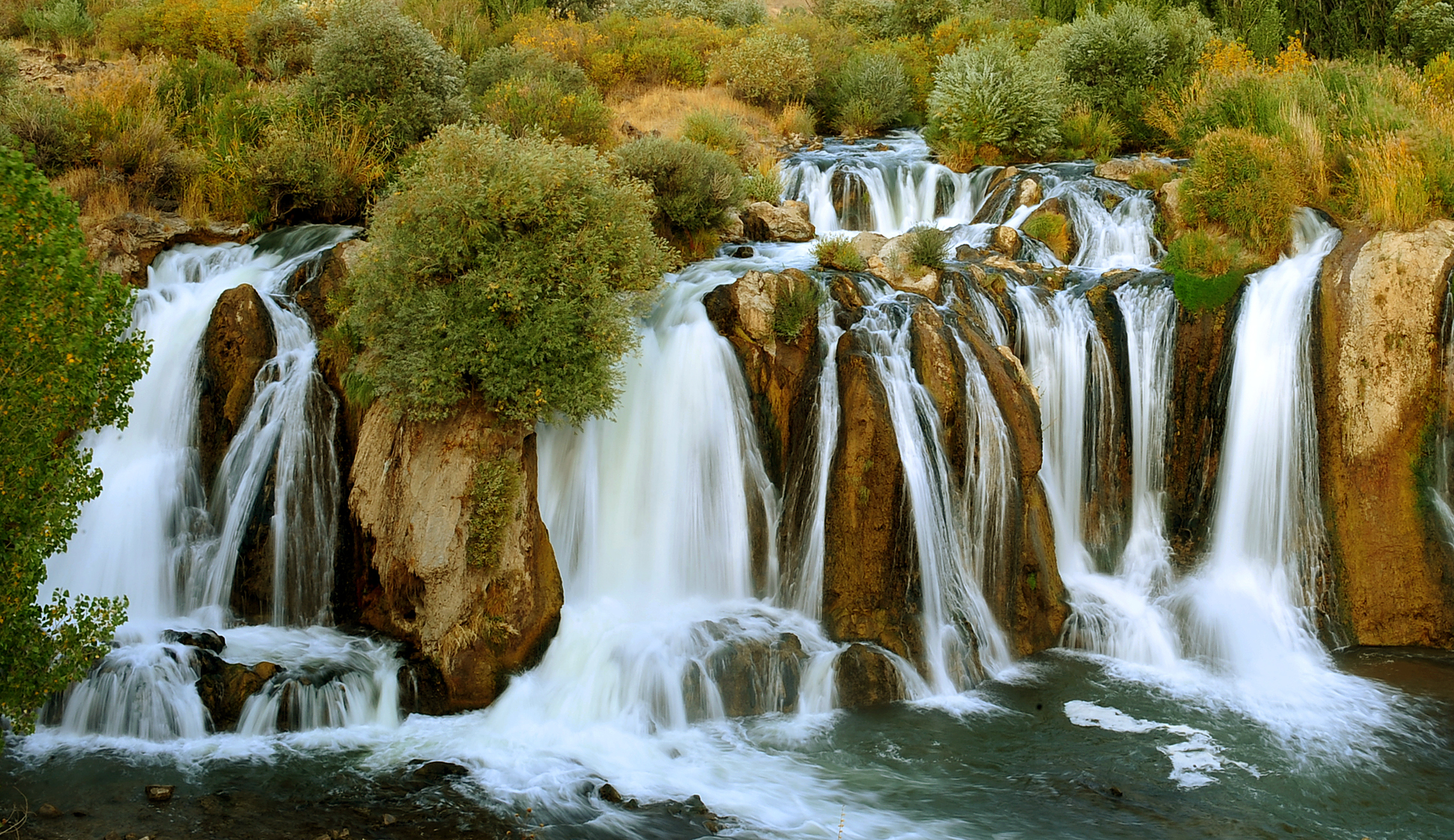Şeytan Castle
Devil's Castle (Georgian: ქაჯისციხე; pronounced: "kacistsih'e") is an old castle located in Yıldırımtepe village of Çıldır district of Ardahan province. This castle in the historical Erusheti region is referred to as “Kacistsihe” (Devil's Castle) in Georgian sources, and it was named after the Ottomans conquered the region. Later, the name of the castle was translated from Georgian.There are opinions that “Kacta Tsihe” mentioned in the epic The Man with the Tiger Skin, written by the famous Georgian poet Şota Rustaveli in the 12th century, is Devil's Castle, not Alamut Castle.Devil Castle is located in the center of Yıldırımtepe village, formerly Rabat. It is located on a rocky hill on the right bank of a stream, 1.3 km to the north. This hill, which has cliffs on three sides, can only be reached from one direction. It is believed that the castle was called the Devil's Castle because of its location and difficult to capture. There is a legend among the people, as its invincibility is associated with evil spirits and the devil. The castle, which is 1910 meters above sea level, has survived to the present day in a very solid state. The dimensions of the castle, which has an unsymmetrical plan, are 161 × 93 meters and the castle has three towers. One of them has survived intact. Today, the Devil's Castle, which is illuminated at night, can be reached by a paved vehicle up to the observation hill in its immediate vicinity, and by a pathway after this point. There are opinions that the Devil's Castle was built during the Urartian period. However, these views are not based on any historical source. According to the information given by later sources, it is understood that the castle must have been an early medieval castle. However, due to its location, it is very likely that such a place was a castle in earlier times. However, the resources to prove this are not yet available. According to the chronicle of Meshuri Matiane, which tells the history of the Georgian principality of Samtshe-Saatabago and the neighboring states between 1561 and 1587, when the Devil's Fortress was under the rule of Samtshe-Saatabago, the ruler of this principality II. Manuçar made an agreement with Lala Mustafa Pasha and gave six castles, including the Devil's Castle, to the Ottomans. In the Ottoman detailed book of 1595, the castle was recorded as Kacisiha (كاجسخە) in accordance with its Georgian name. Although Tetra Tsihe's name was translated into Turkish to Ağca Kala (later Akçakale), and Okros Tsihe's to Altun Kala (later Altunkale), it is seen that the name Kacistsihe has not been changed yet. The name of the castle was later translated as Devil Kala. Devil's Fortress was used during the period of the Georgian Kingdom and Samtshe-Saatabago, as well as during the Ottoman period from the 16th century. It is known that there was a trading area near the castle. This place, known as Rabat, later turned into an ordinary settlement. There is a single-nave church built in the 14th century in the Devil's Castle. Only four walls remain of this church, which is located in the lower part of the castle and was dedicated to St. Stefan. In the castle, the remains of the cistern and the stair steps leading down to the stream have survived to the present day.





